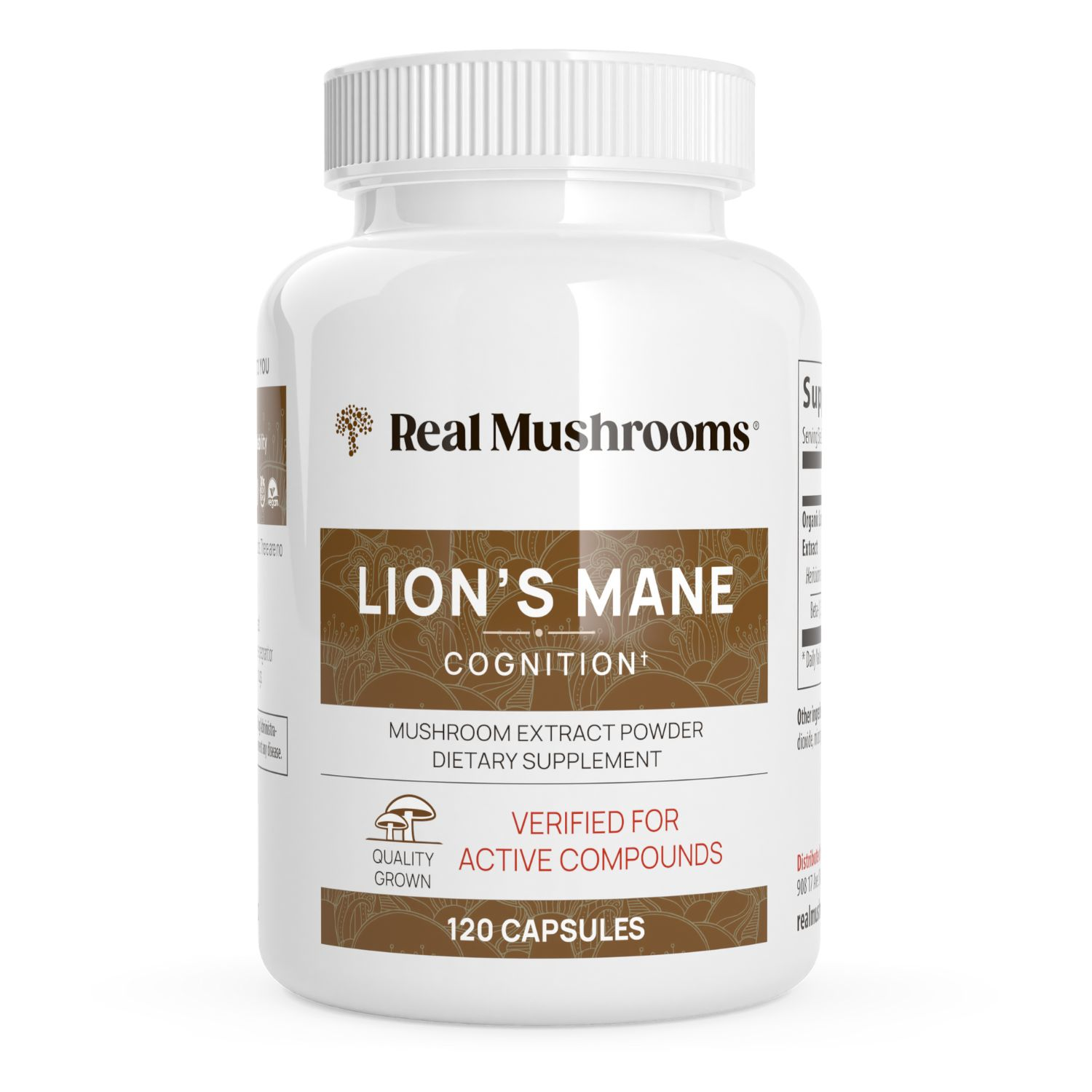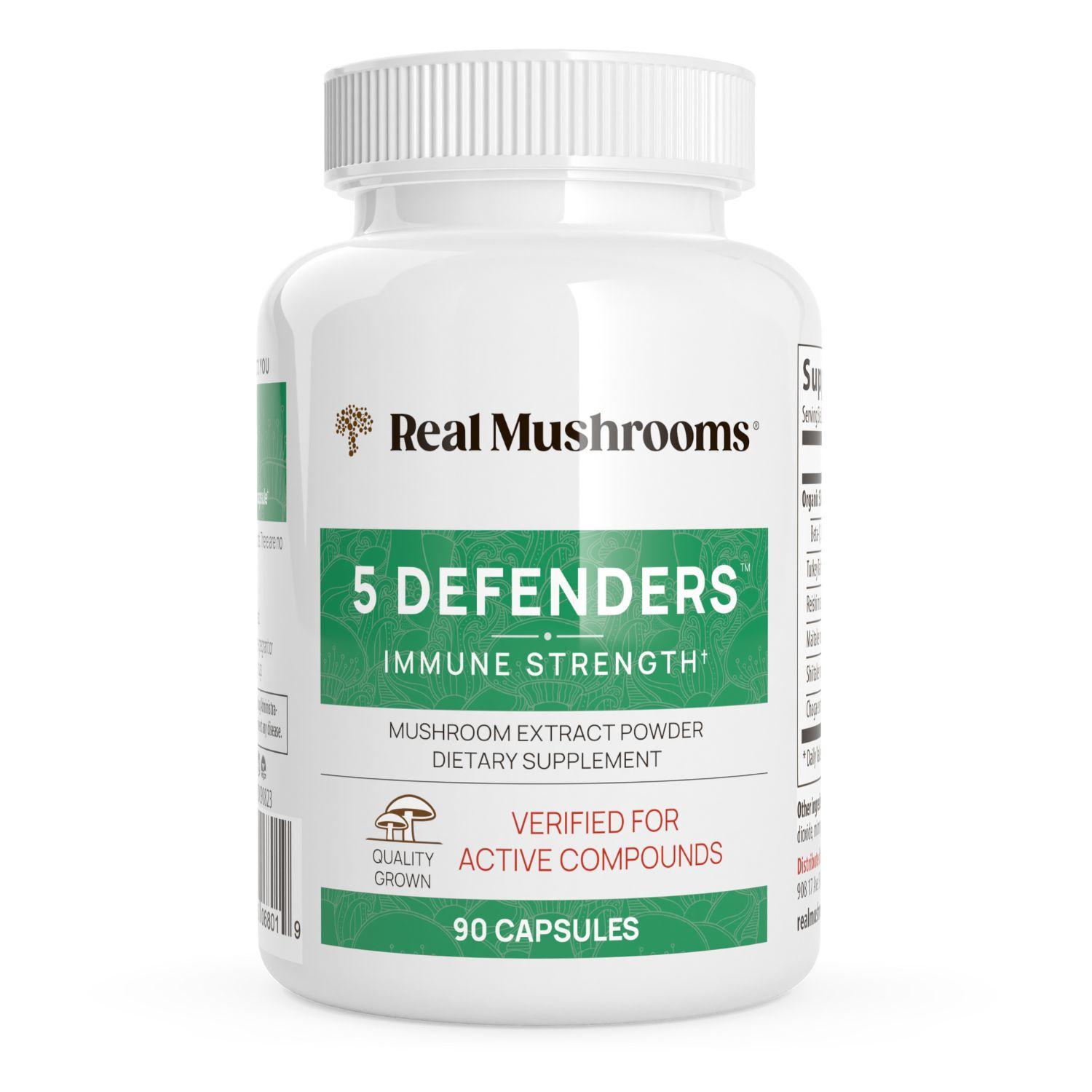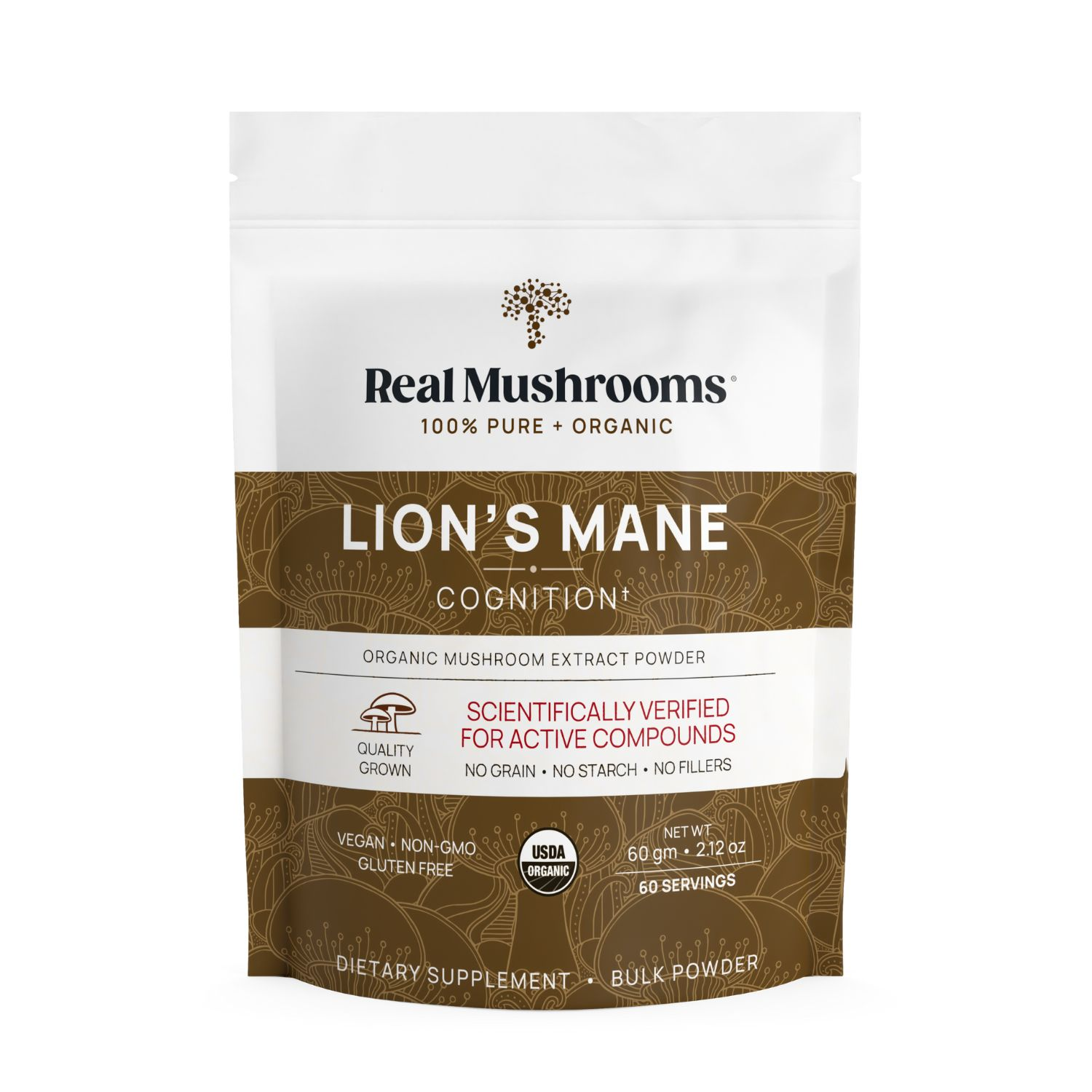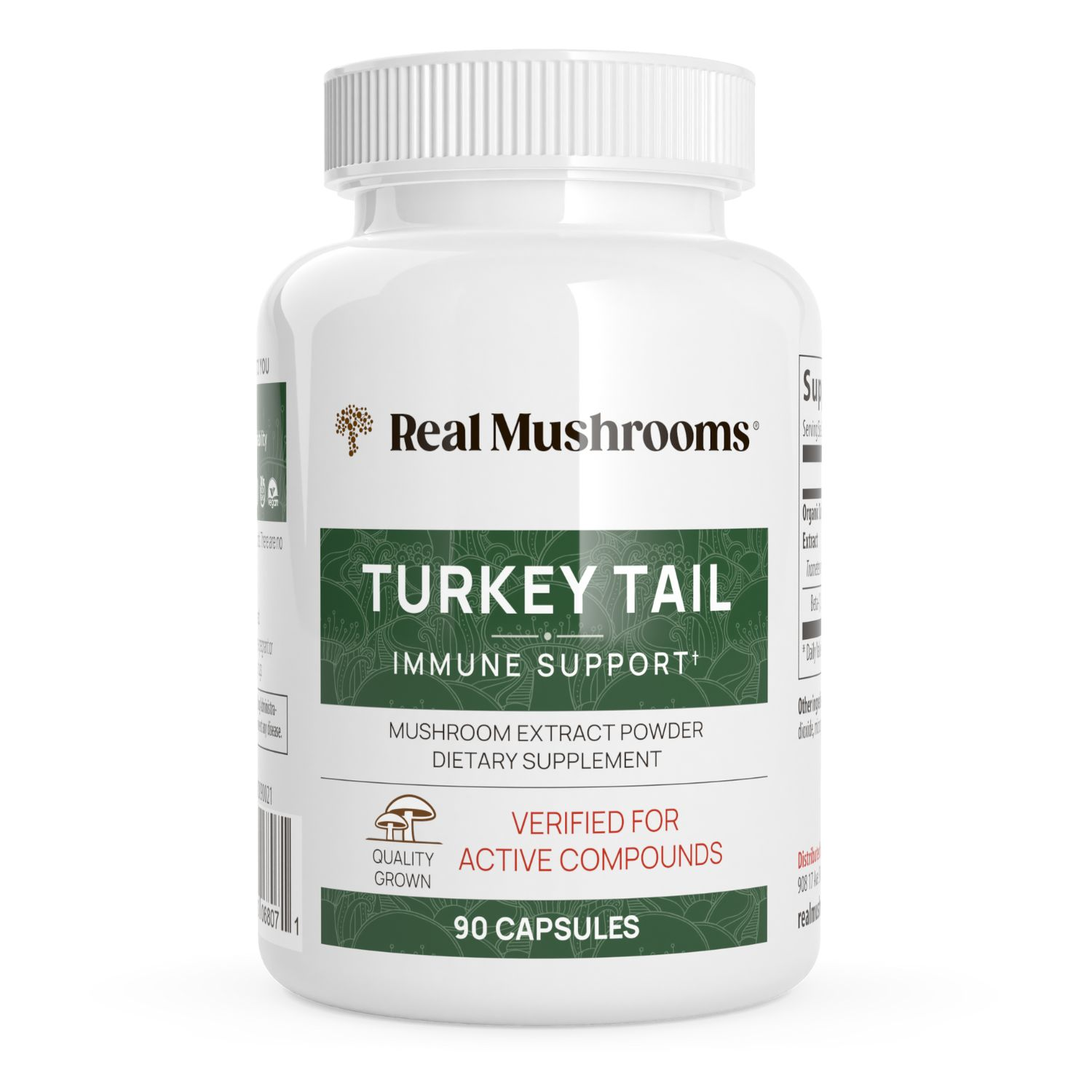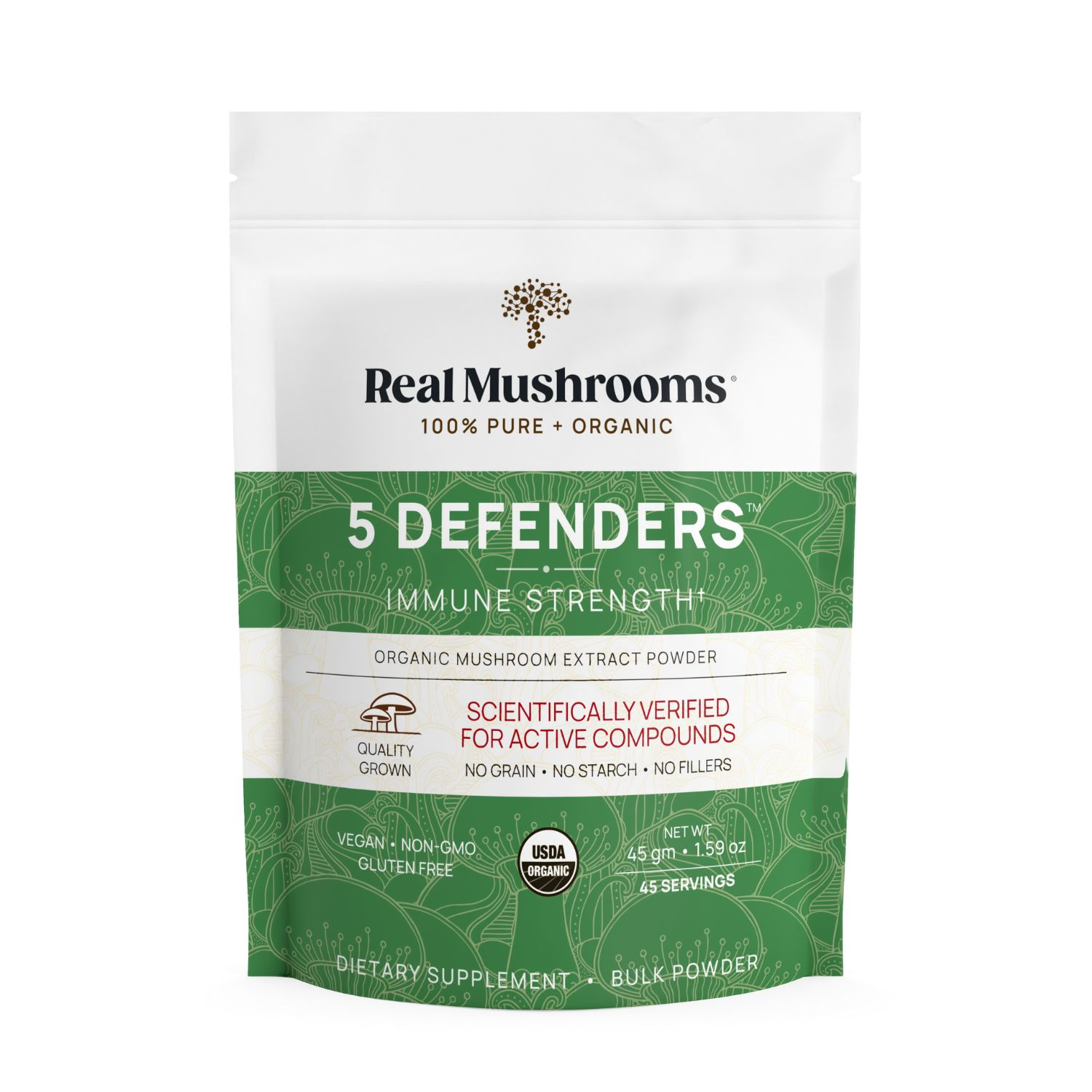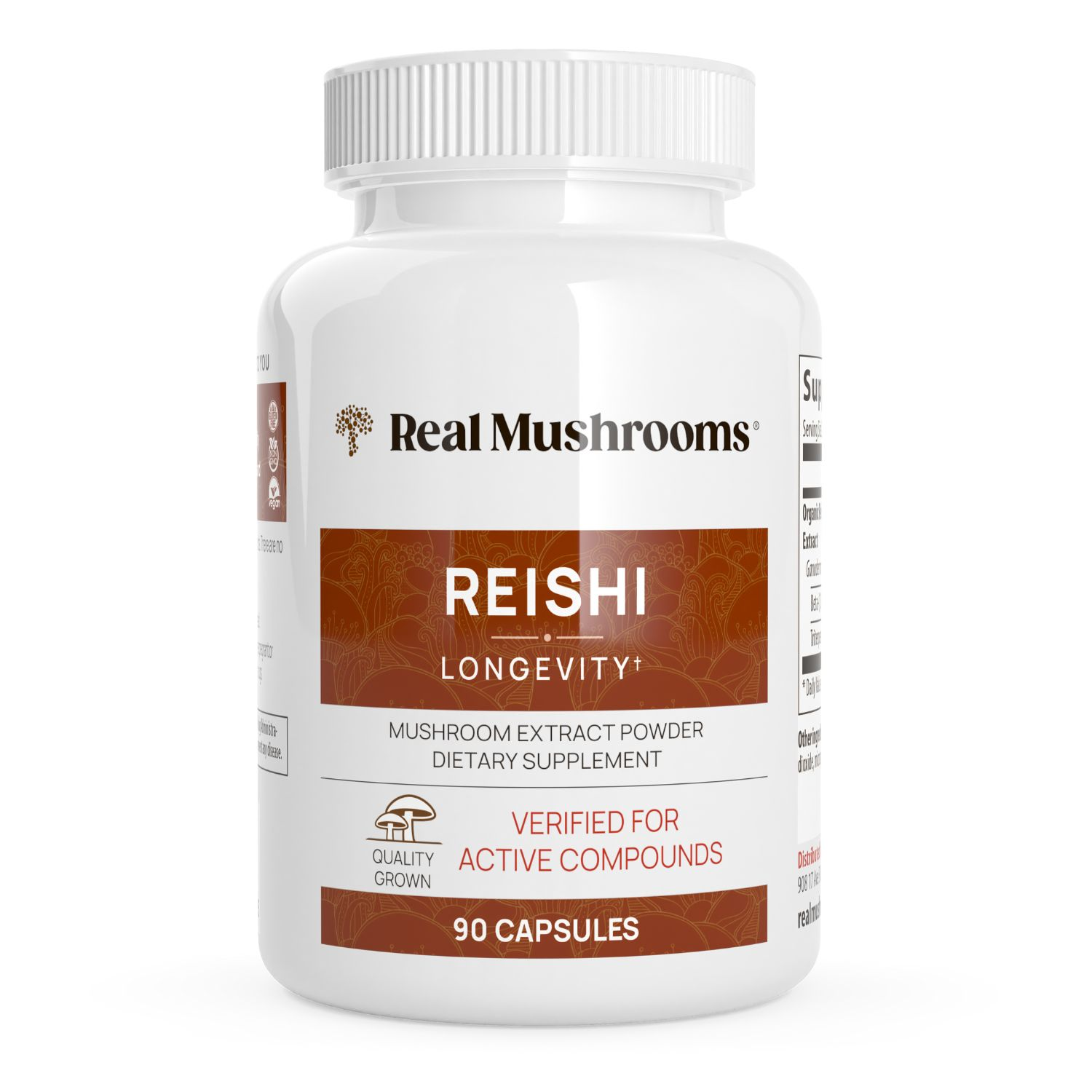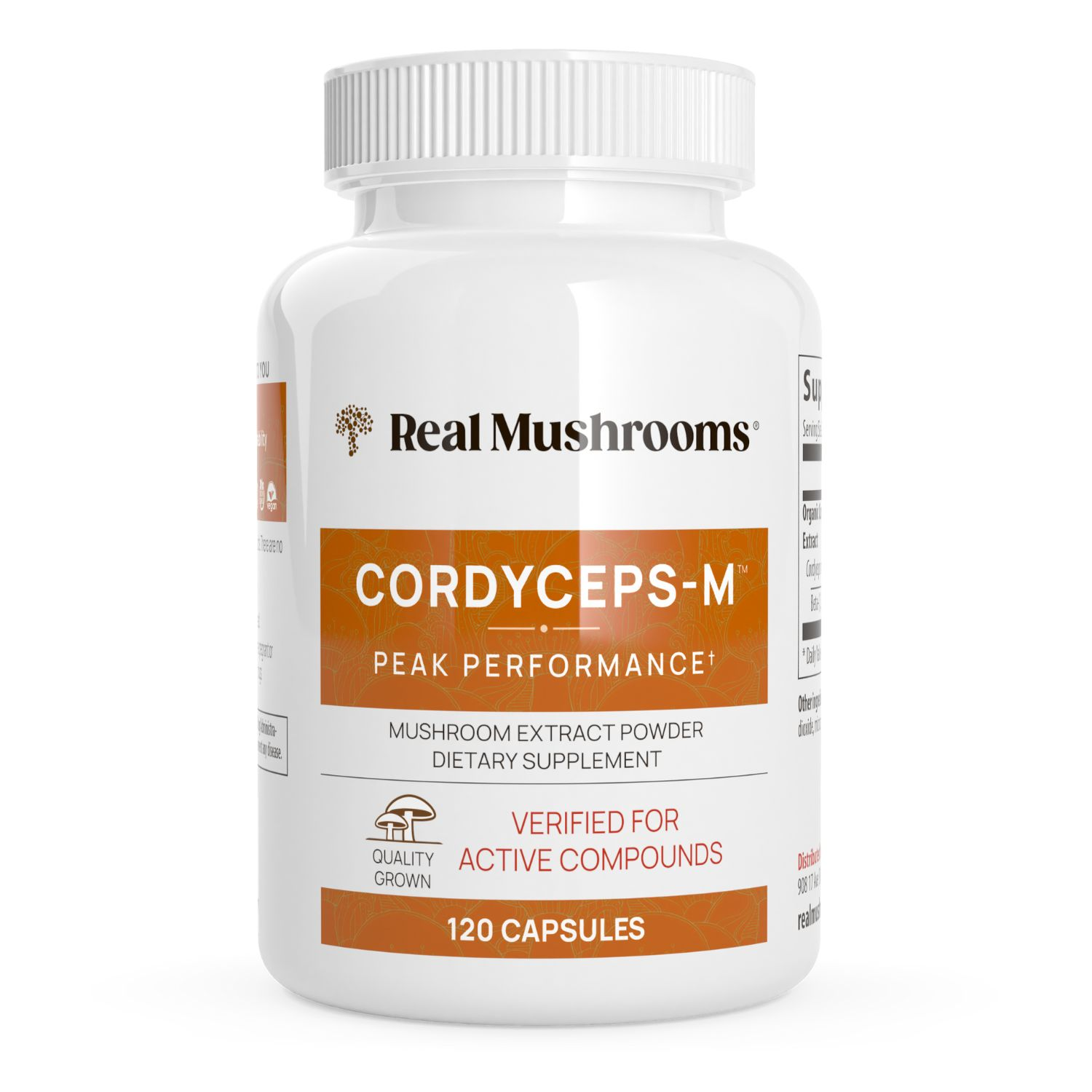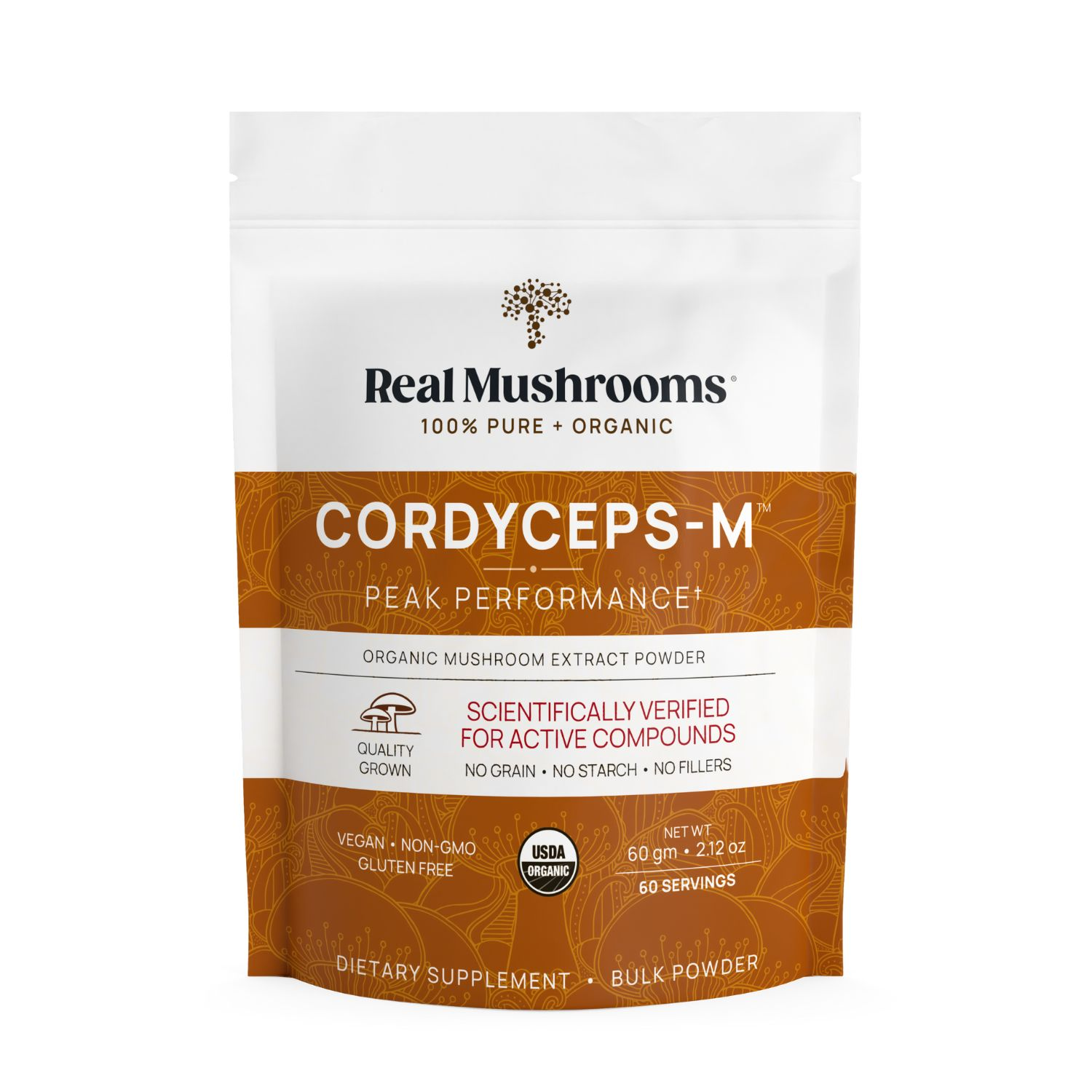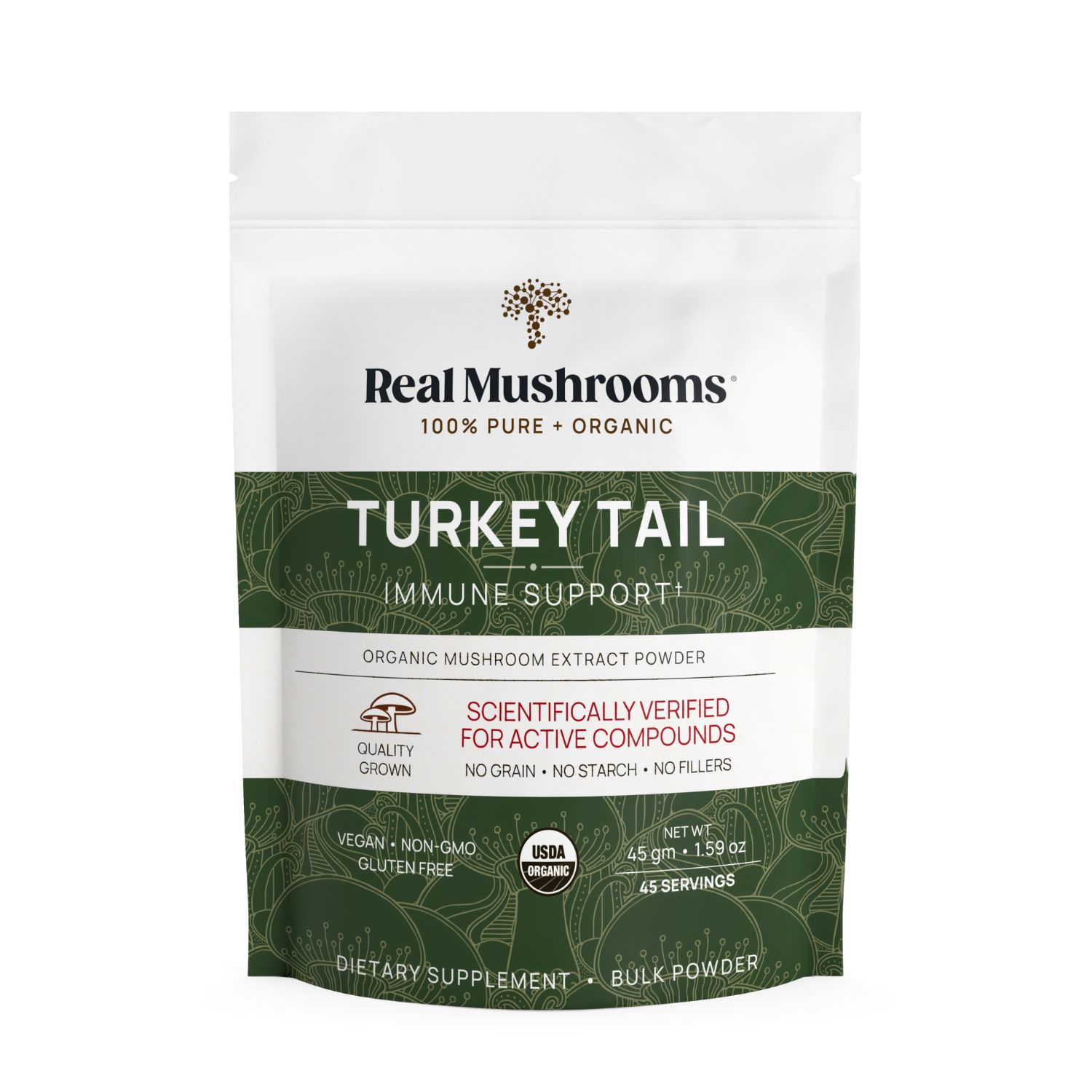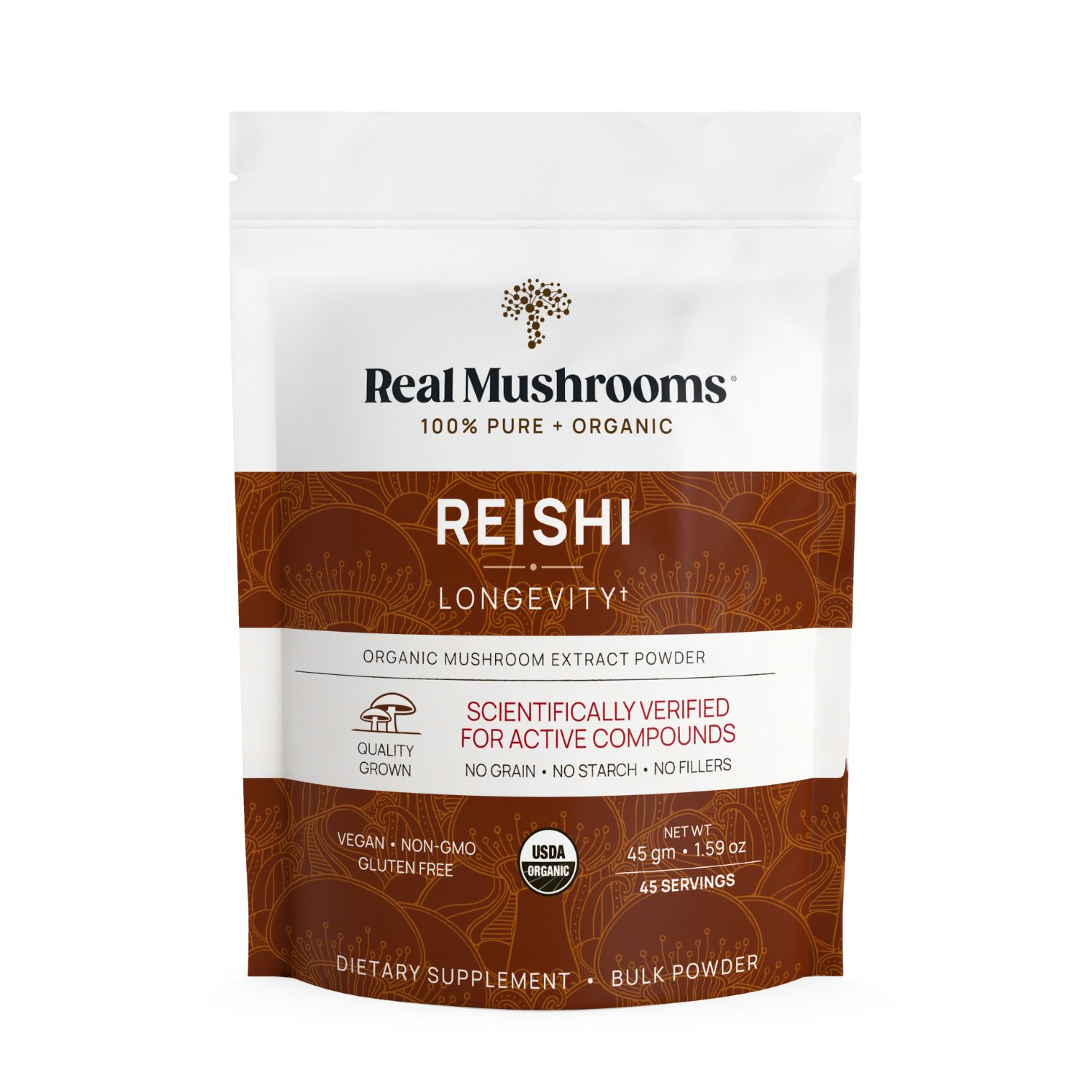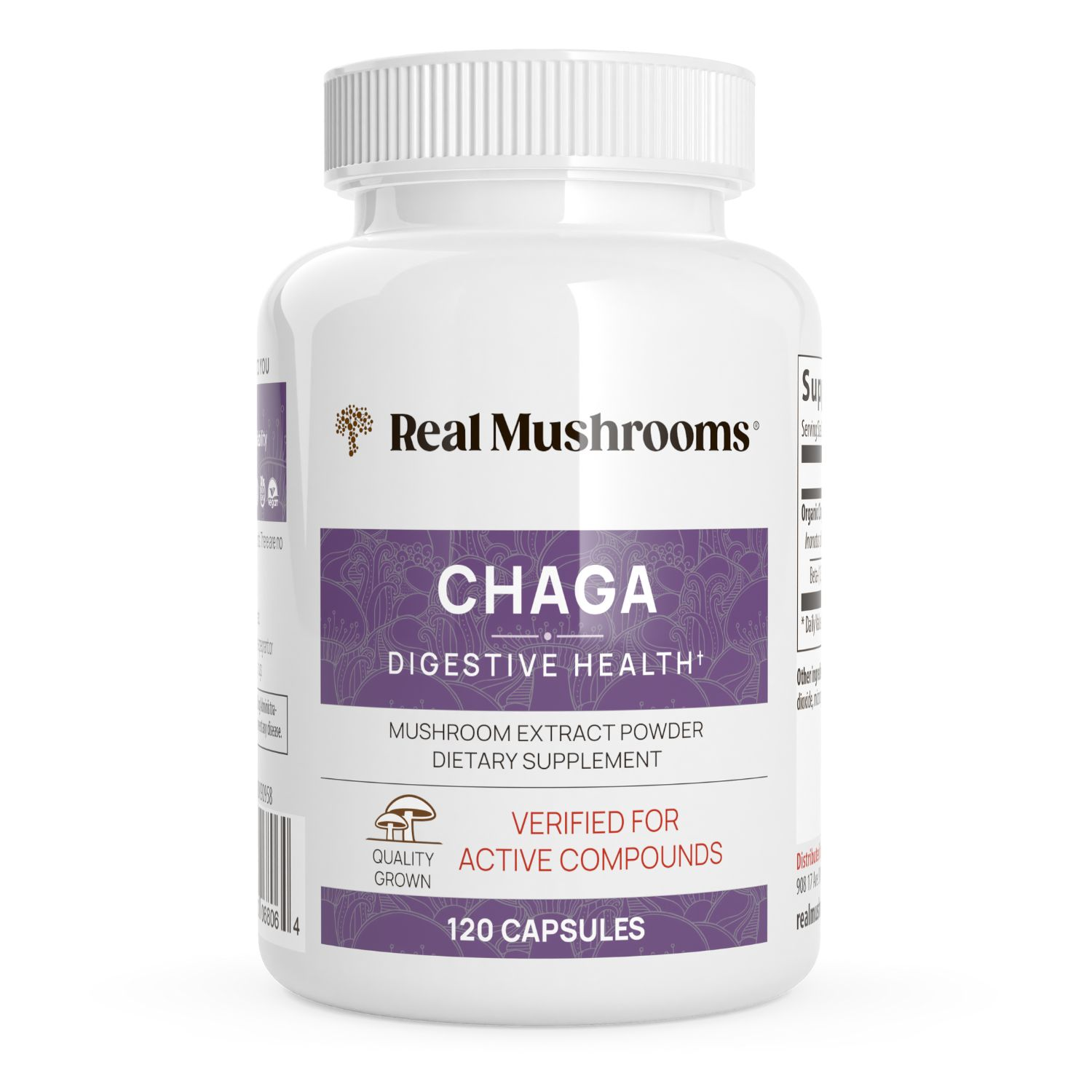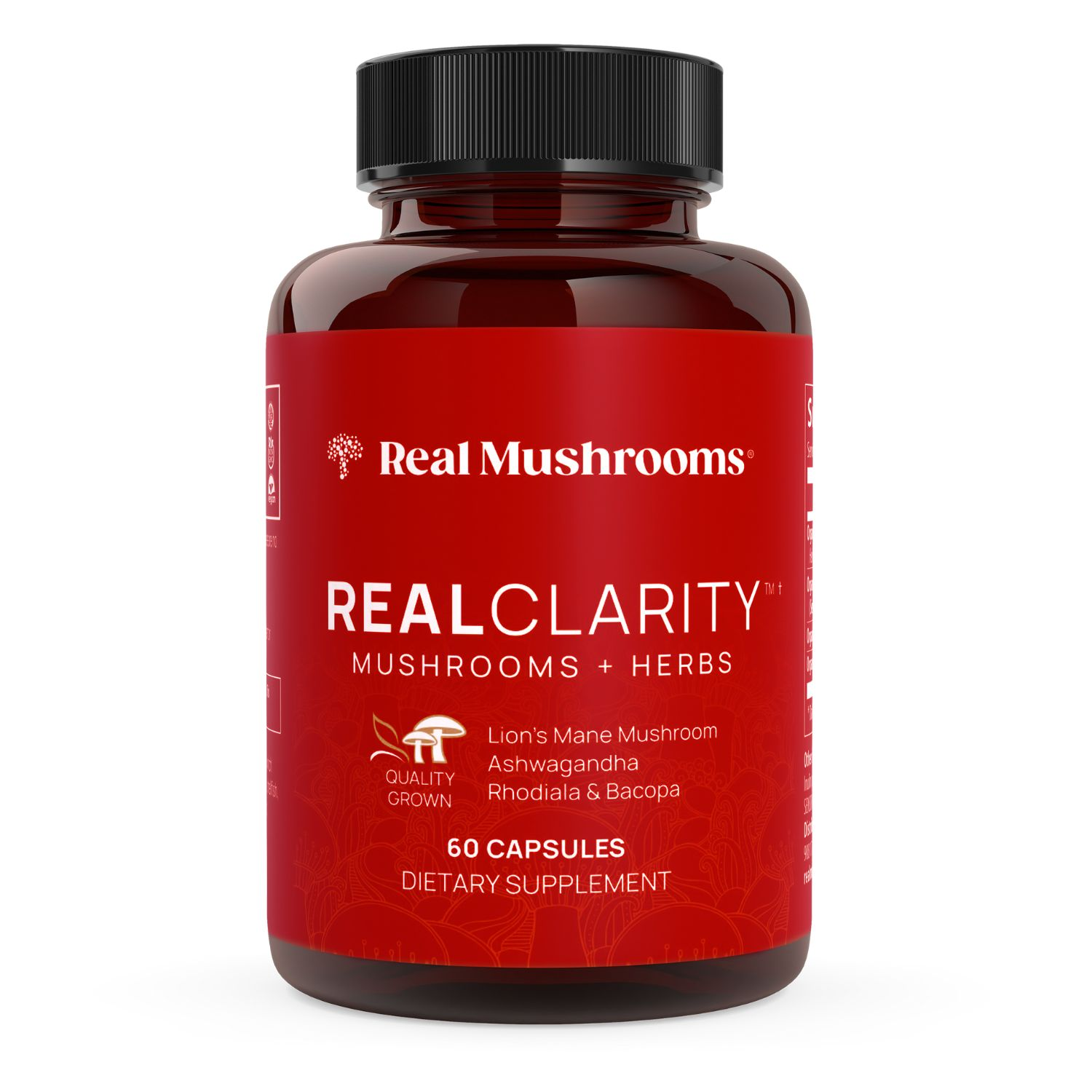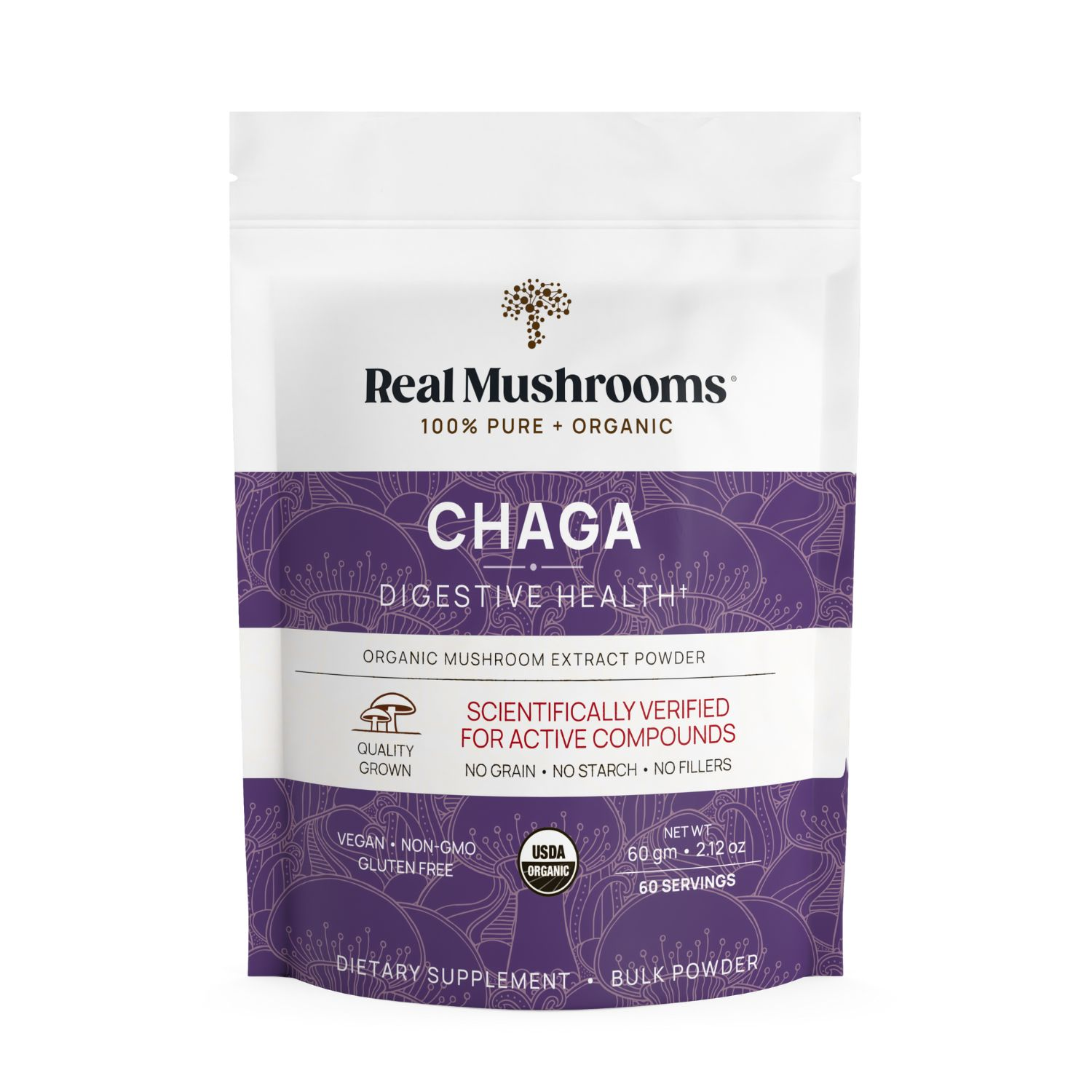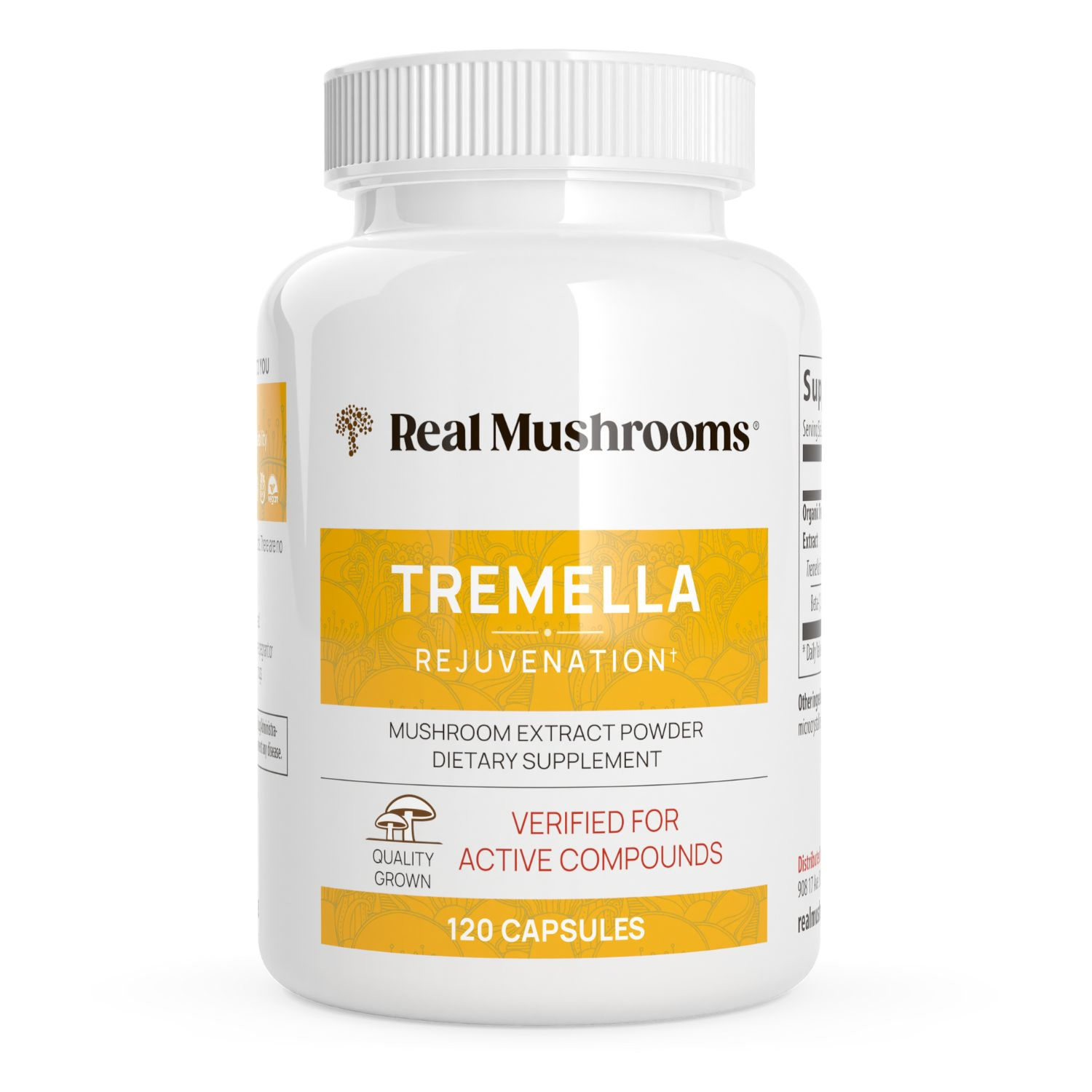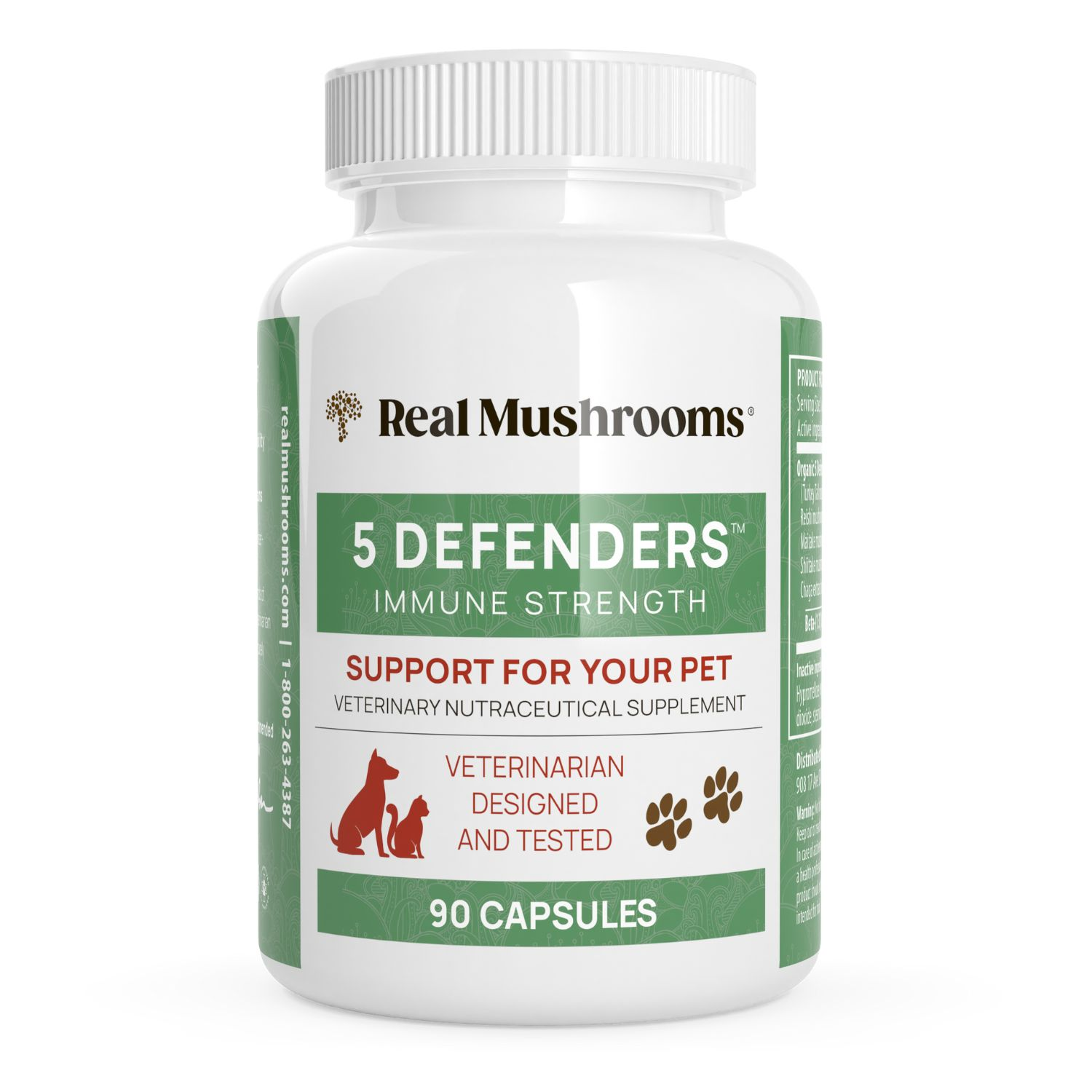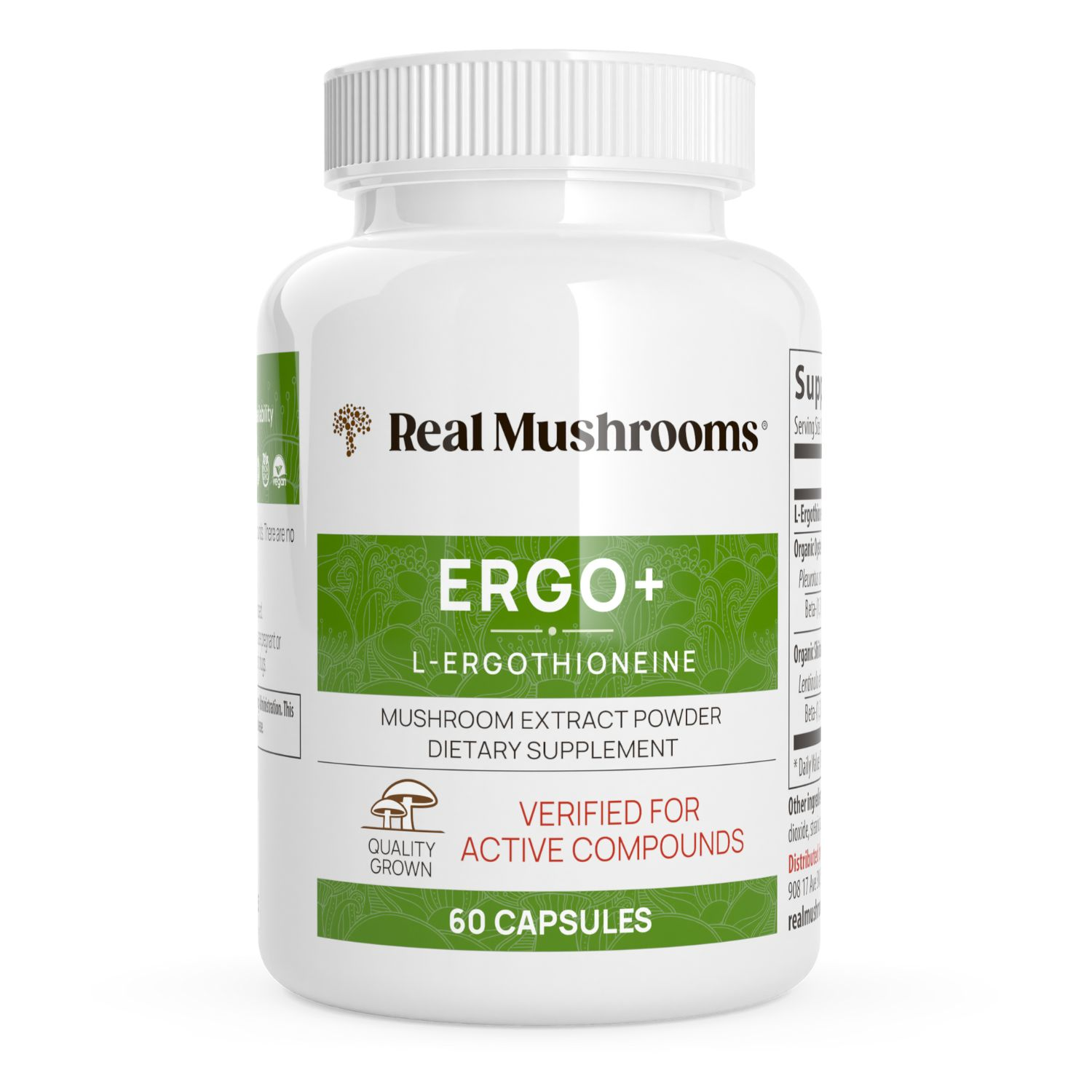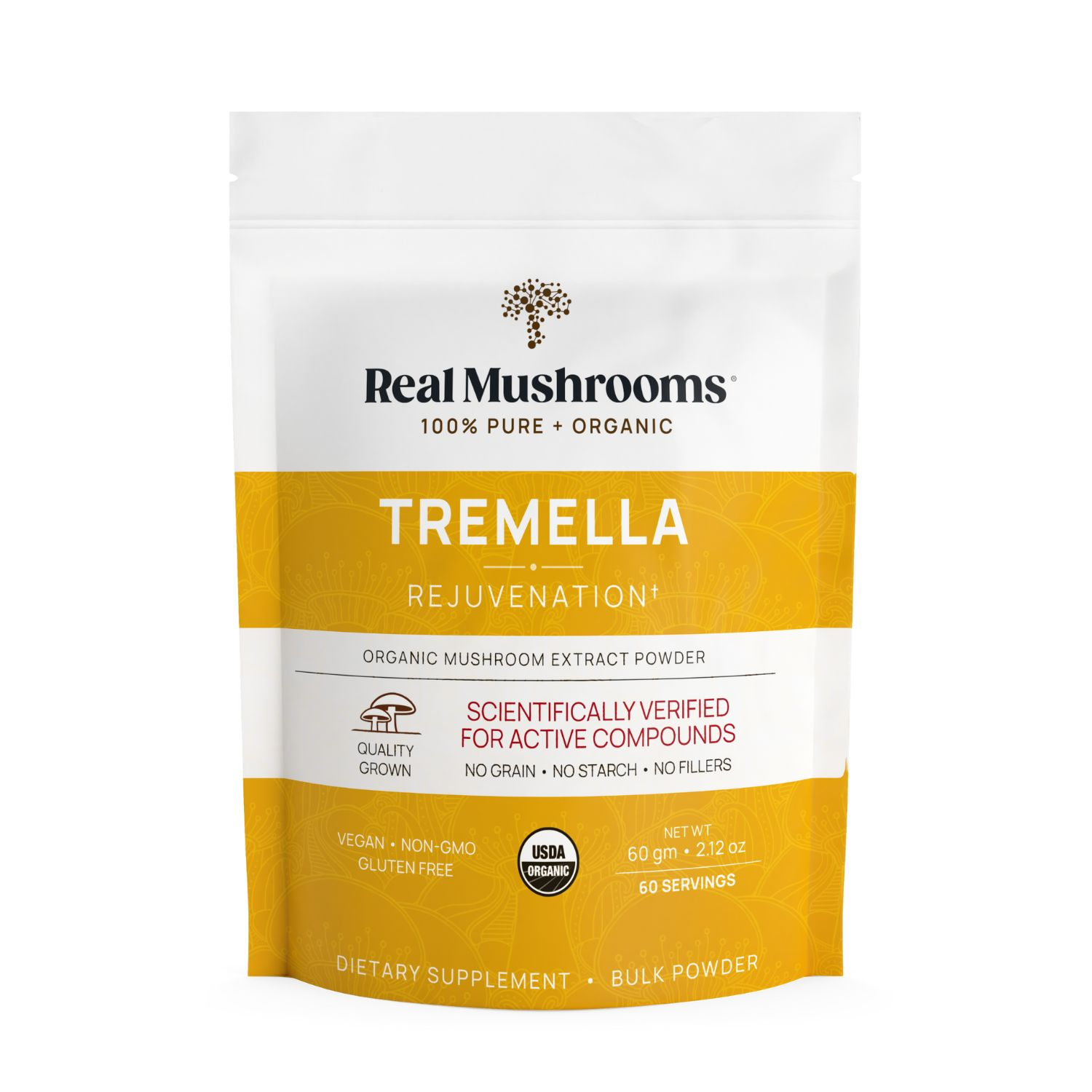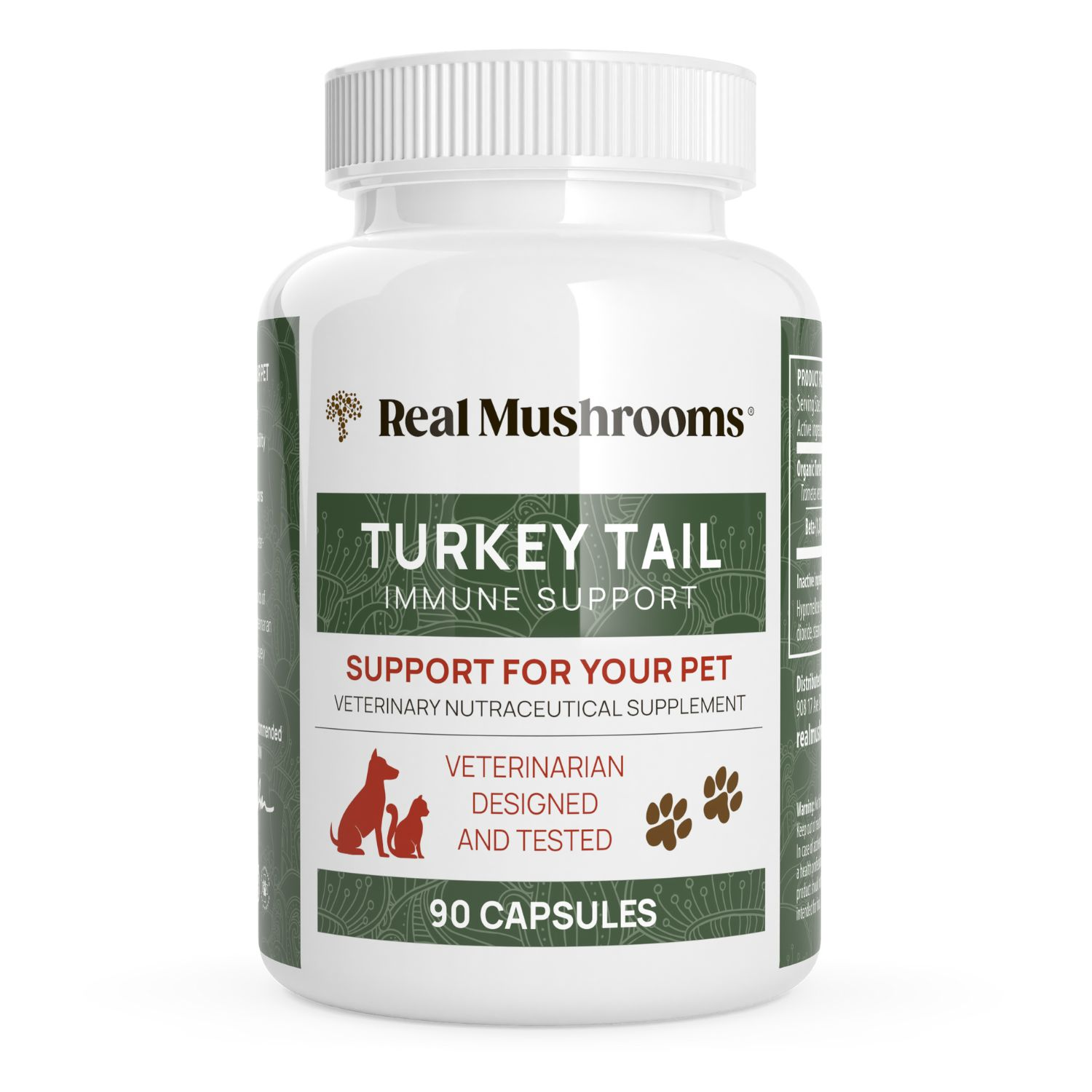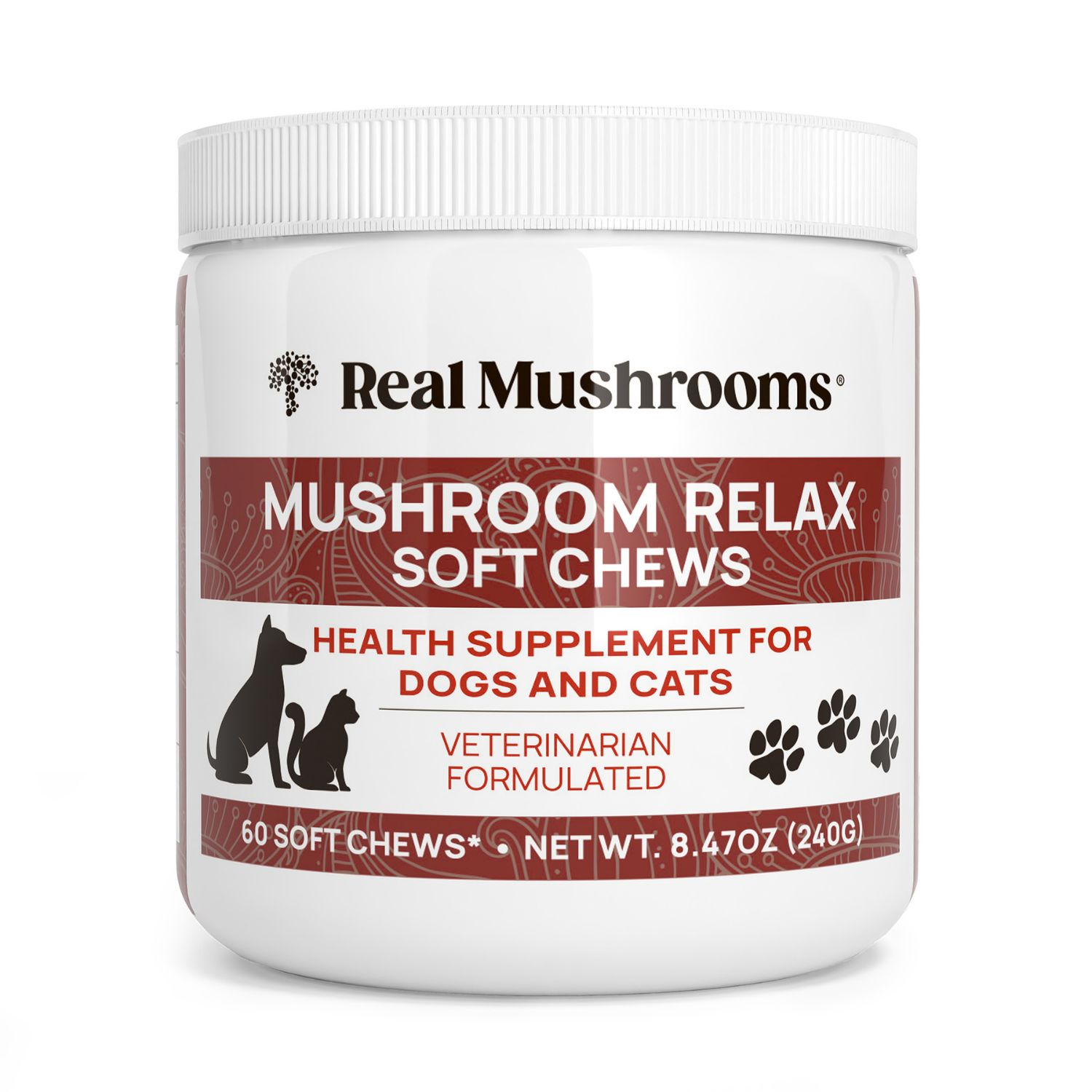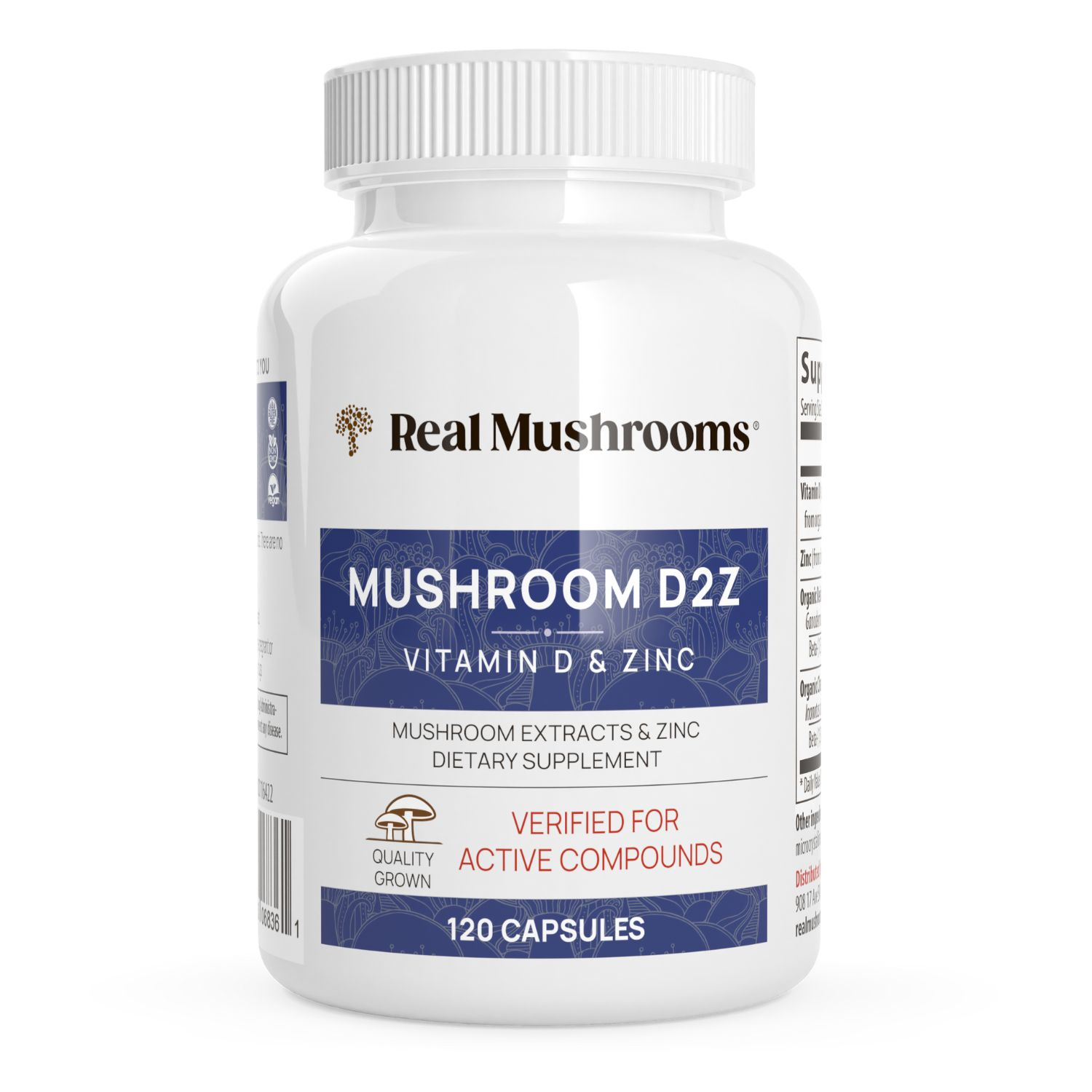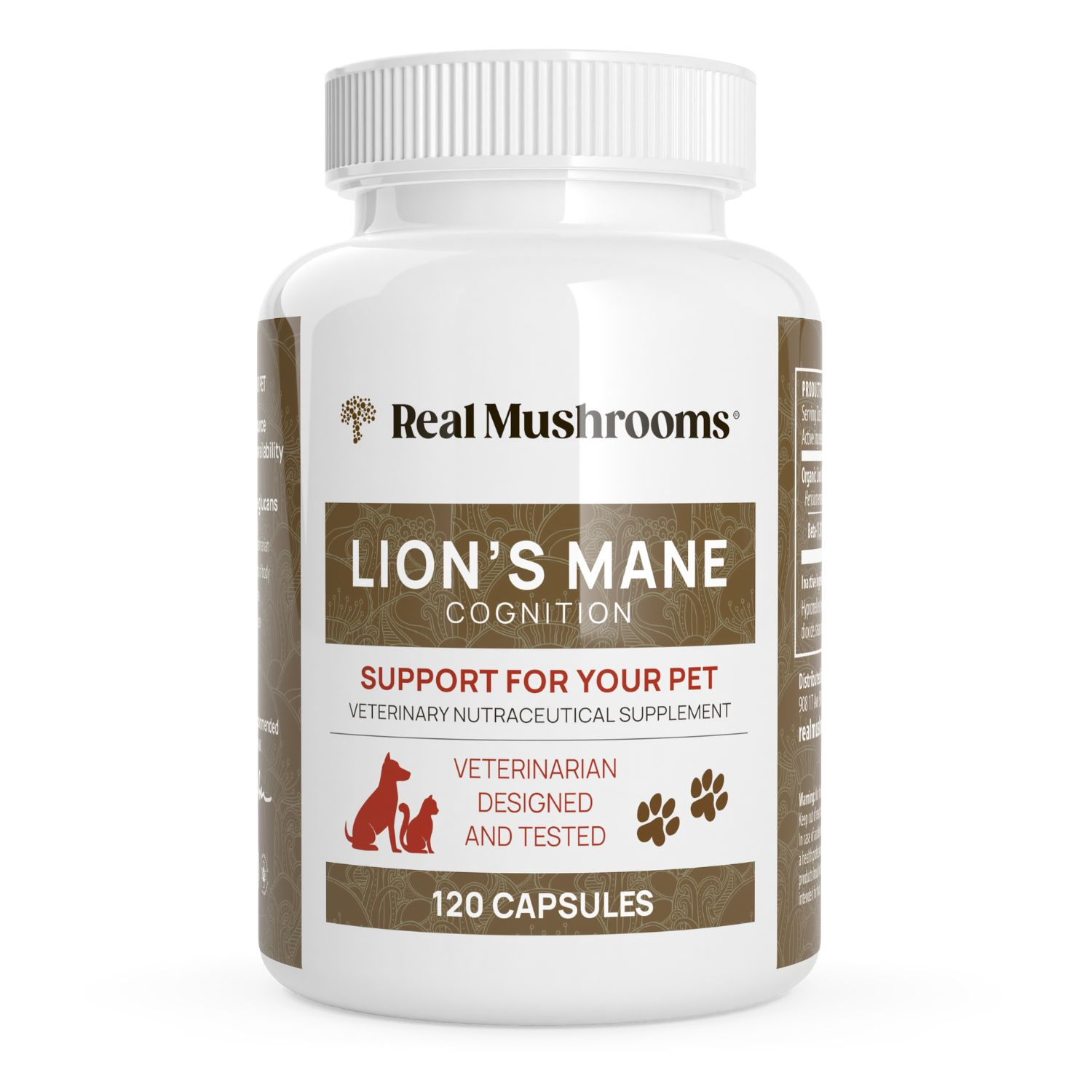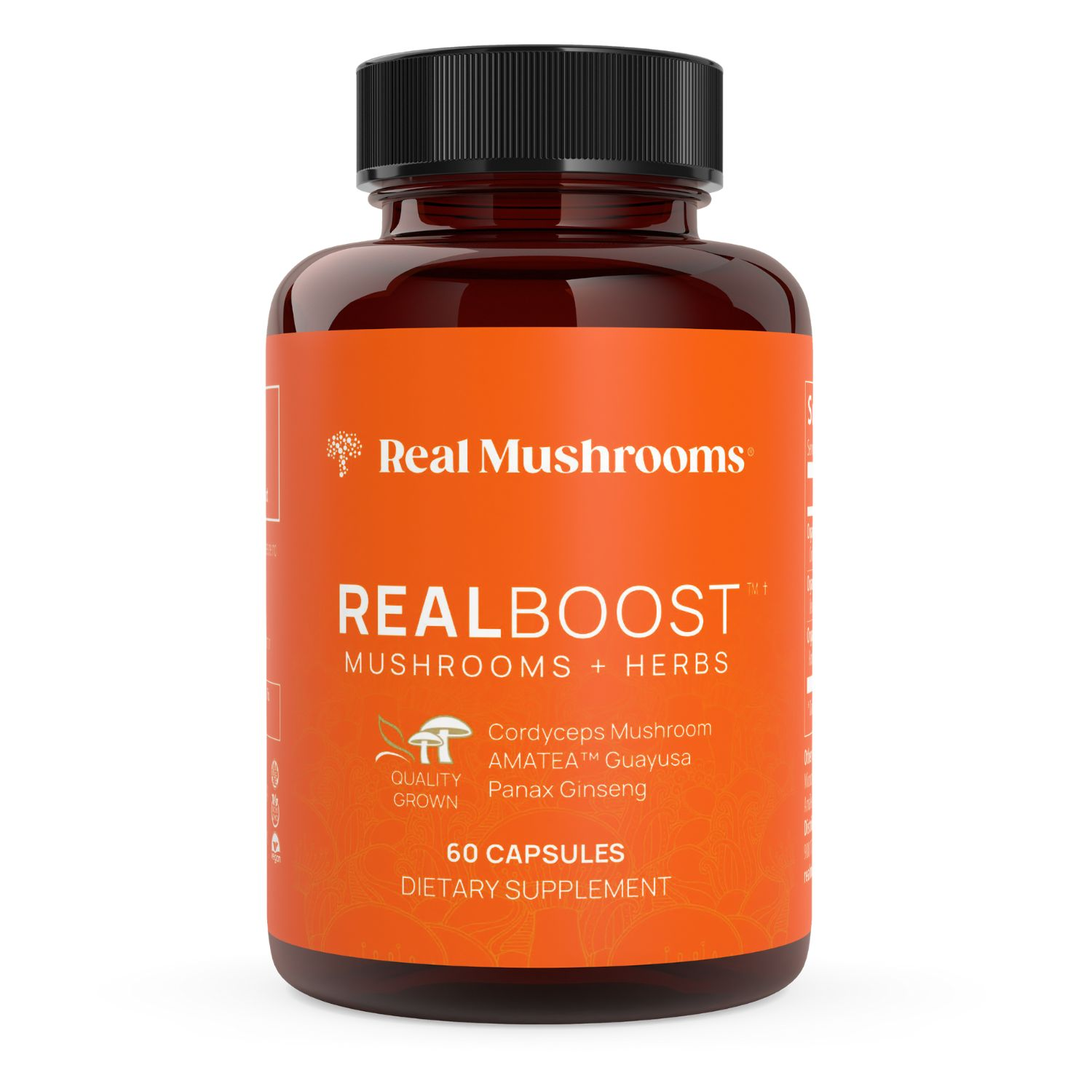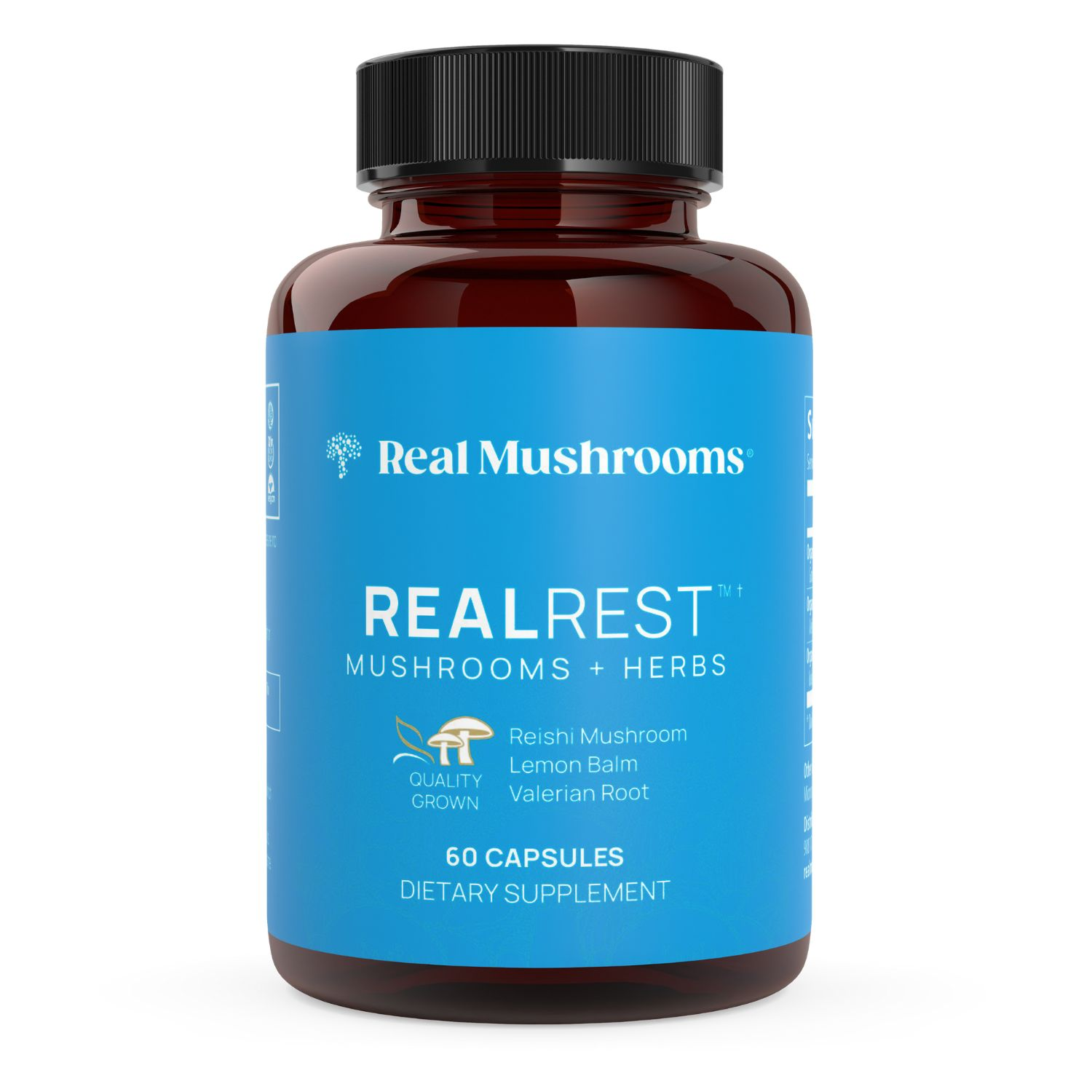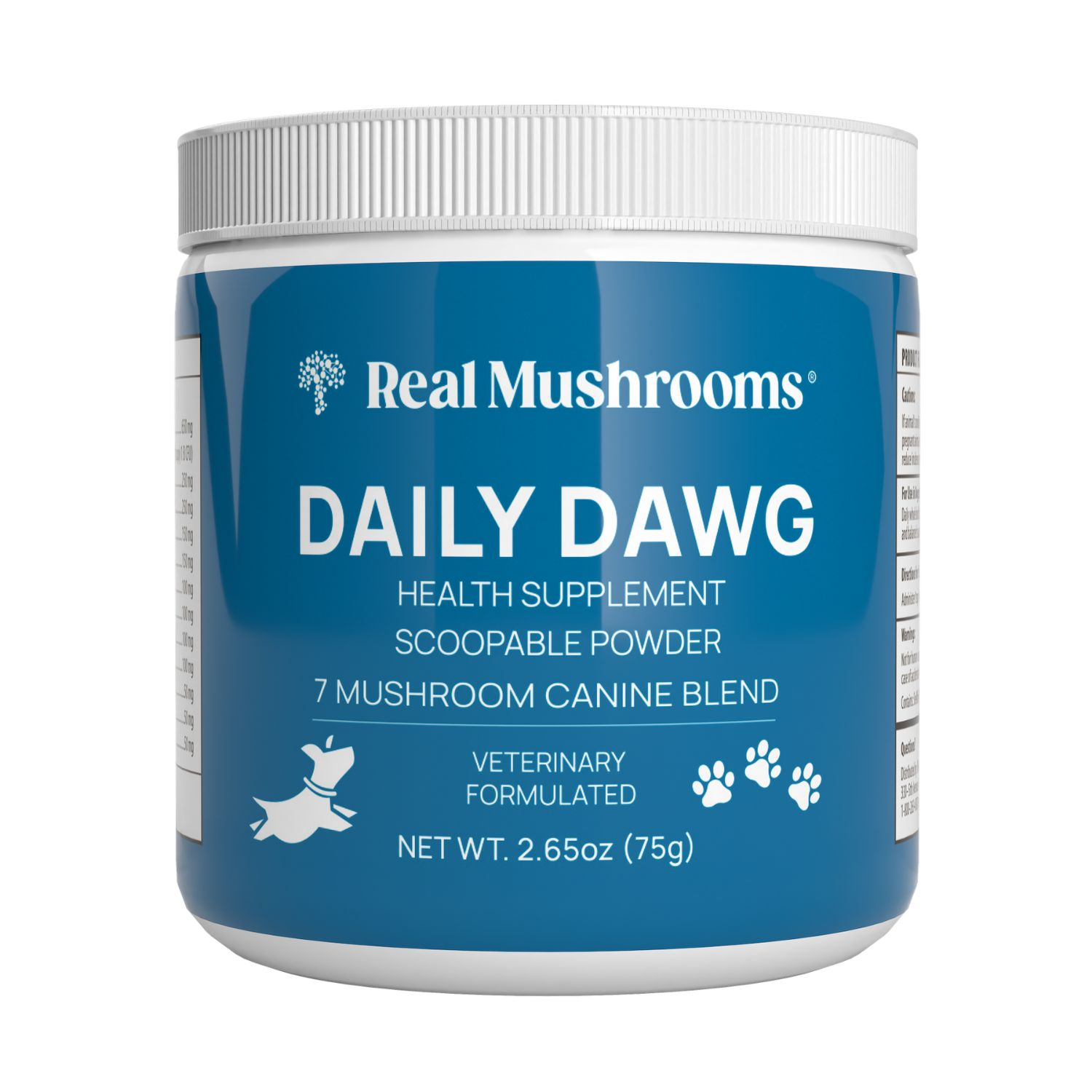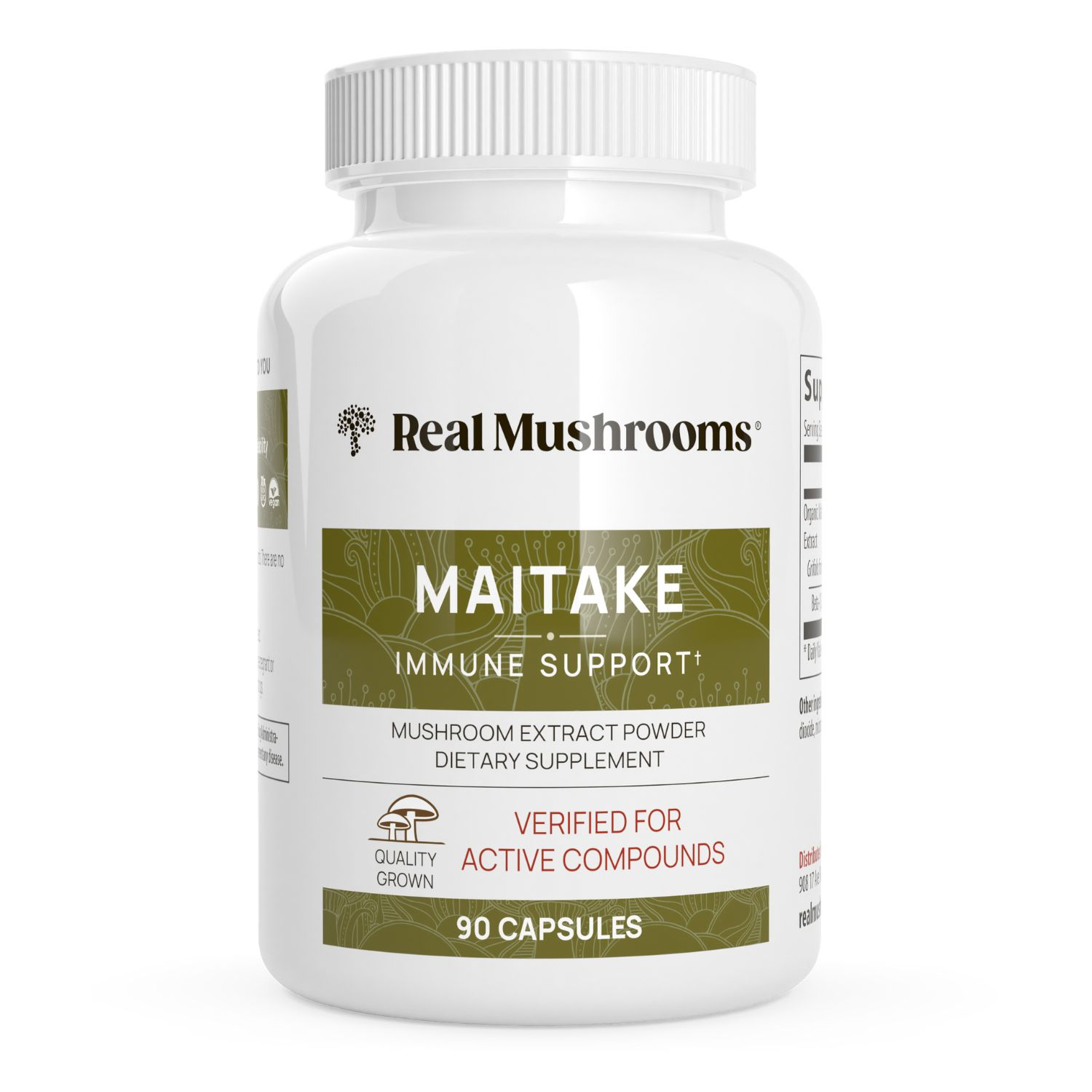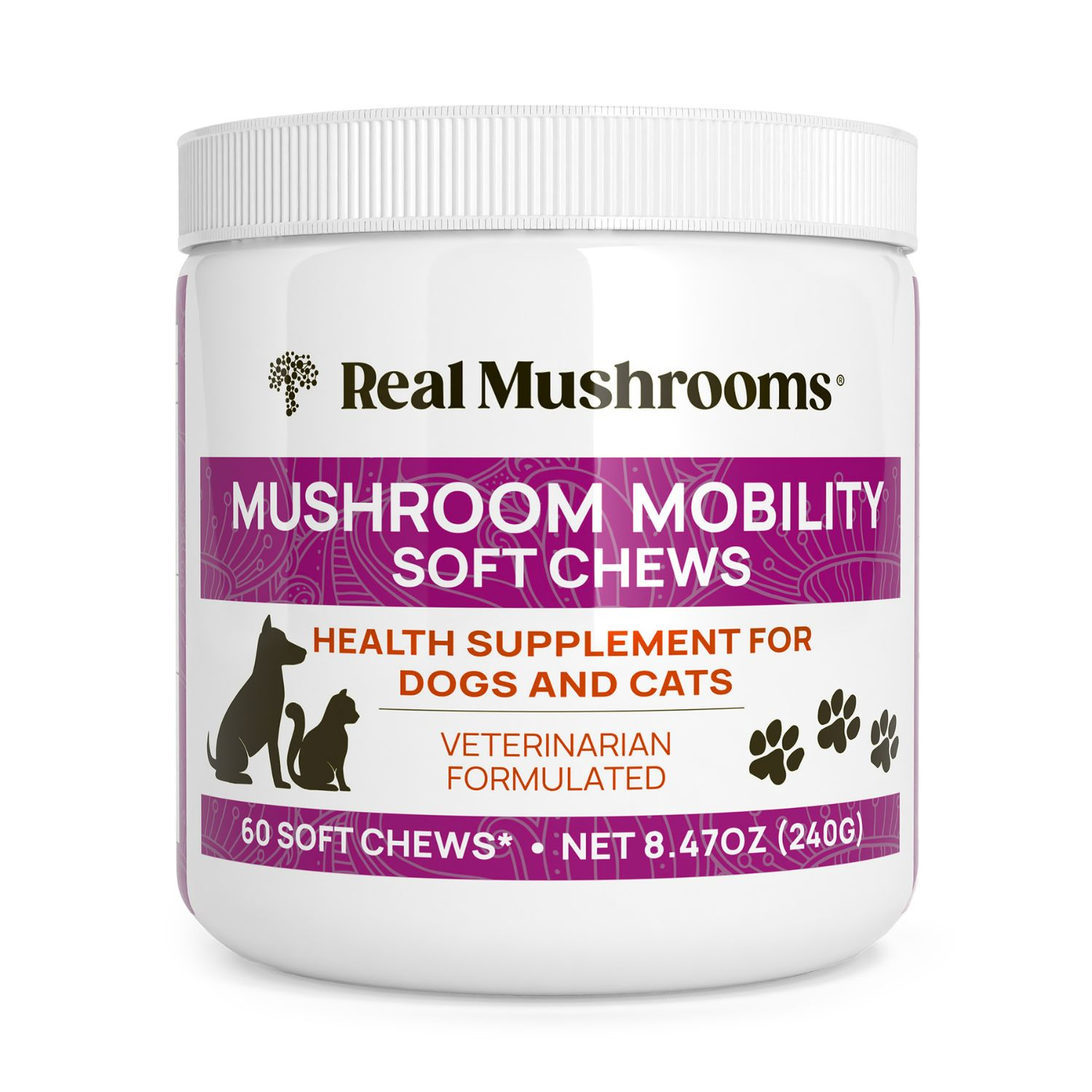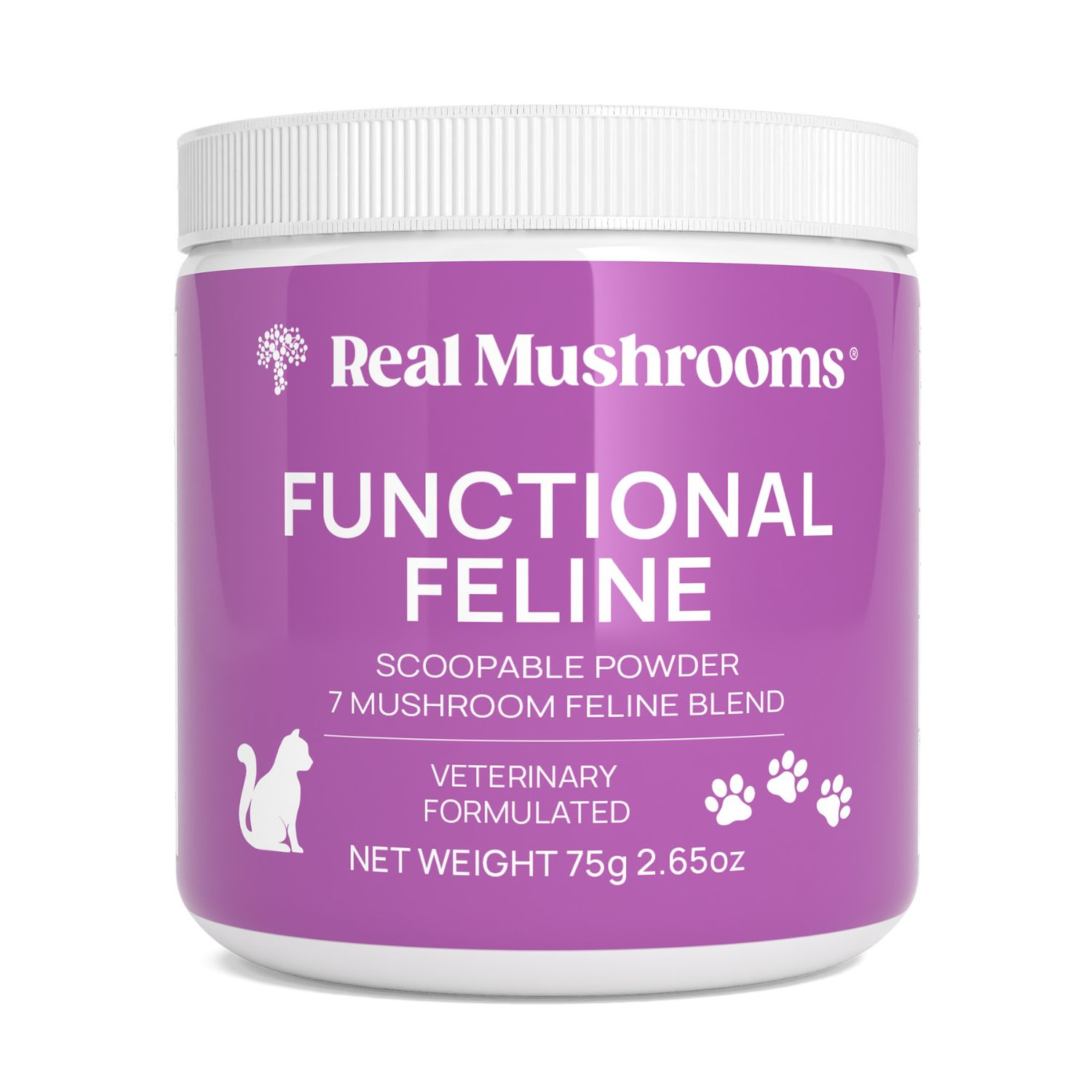Weird Mushrooms: Profiling 9 of the World’s Strangest Fungi
13 minute read

Vibrant, mysterious, and often fantastically shaped, bizarre mushrooms ignite the curiosity of casual mushroom enthusiasts and expert mushroom hunters all around the world. Some fascinate us with unusual designs reminiscent of animals or even human body parts.
Some mushroom species impress us with health-boosting qualities that evolved from the millions of years fungi have spent adapting to every kind of environment. While other weird mushrooms are so bizarre, you can’t help but wonder if they’re actually from this planet.
Weird mushrooms are some of the most remarkable organisms you’ll find. From delicious and enchanting to creepy and downright stinky, weird mushrooms are truly dynamic beings.
In this investigation, join us as we examine nine of the strangest species of fungi and their unique characteristics.
Weird Mushrooms in this Article:
- #9 - Wood ear (Auricularia Auricula-Judae)
- #8 - Turkey tail (Trametes Versicolor)
- #7 - Lobster mushroom (Hypomyces Lactifluorum)
- #6 - Bleeding tooth (Hydnellum Peckii)
- #5 - Lion’s mane (Hericium Erinaceus)
- #4 - Scarlett caterpillar (Cordyceps Militaris)
- #3 - Devil’s fingers (Clathrus Archeri)
- #2 - Veiled lady (Phallus Indusiatus)
- #1 - Bioluminescent Mushrooms
- Fascinated By Weird Mushrooms? Join the Real Mushrooms Community!
#9 Wood Ear (Auricularia Auricula-Judae)

Where does this weird mushroom grow?
Wood ear mushrooms grow in temperate forests around the world. They usually appear in groups on older trees or on dead and living ash, spindle, and beech trees.
What’s unique about this mushroom?
As the name suggests, wood ear mushrooms look shockingly similar to human ears. Their color ranges from translucent to dark brown, and they have a rubbery texture when fresh.
What useful properties does this mushroom have?
Traditional Chinese medicine has utilized wood ears’ properties for hundreds of years. Some believe these weird mushrooms can help improve breathing and sore throats while reducing colds and fevers, with recent research providing proof of these health benefits.
Studies have found that beta-glucans in wood ears may be able to strengthen your immune system [10]. They also have high antimicrobial activity [11, 12].
Wood ears are similar to tofu in that they don’t have much flavor, but they absorb the flavor of the dish you add them to. To create a chewy-crunchy texture in your soup, salad, or stir-fry recipe, try adding wood ears to your recipe.
#8 Turkey Tail (Trametes Versicolor)

Where does this weird mushroom grow?
Turkey tail mushrooms grow in forests all around the world. They grow on almost any type of wood, living or dead, but are frequently found on fallen logs and tree stumps.
What’s unique about this mushroom?
The name gave it away – these weird mushrooms fan out around tree trunks and look similar to the tails of turkeys. They are multi-hued: their coloring can be rust-brown, grey, or black.
They are a member of the fungi group called polypores, also known as bracket fungi, because their woody fruiting bodies grow like brackets, or shelves, from trees.
What useful properties does this mushroom have?
Turkey tail contains two polysaccharopeptides that have impressive immune-boosting properties: Krestin or Polysaccharide-K (PSK) and Polysaccharide Peptide (PSP) [13].
Studies show that PSP increases monocytes, types of white blood cells that are key immune-system defenders [14]. In addition, PSK activates macrophages, or specialized white blood cells that protect your body from harmful, invading microbes [15].
Due to their natural ability to strengthen the immune system, PSK and PSP are approved drugs in Japan and China and are often given to patients with weakened immune systems [16].
Turkey tail extract can also provide health benefits to pets. Many veterinarians are recommending it to pet owners because it is an effective, safe, and natural way to support the well-being of our beloved animals.
The mushroom’s texture is quite chewy, so it’s best taken as a powdered mushroom supplement extract. We recommend taking two capsules of Real Mushrooms Turkey Tail Extract Capsules daily to experience its immune-boosting benefits.
Tested For Purity: Real Mushrooms supplements are always made from whole, organic, fruiting mushrooms, never from myceliated grain or filler.
#7 Lobster Mushroom (Hypomyces Lactifluorum)

Where does this weird mushroom grow?
The lobster mushroom grows in forests across North America, but they’re usually found under conifer trees. Peak lobster mushroom season runs from late summer to October.
What’s unique about this mushroom?
What makes this mushroom strange is that it’s actually not a mushroom at all.
It’s a parasitic mold that attacks other mushrooms and completely engulfs them, changing their appearance to resemble a bright red lobster tail. The preferred host of the lobster mushroom is Russula brevipes, a.k.a. the stubby brittlegill [9].
What useful properties does this mushroom have?
There are no known medicinal benefits of lobster mushrooms, but they’re edible and delicious!
Not only does this weird mushroom look like a lobster tail, but it also tastes like one. This bizarre fungus is often used in vegetarian lobster rolls and as a substitute in other lobster recipes.
#6 Bleeding Tooth (Hydnellum Peckii)

Where does this weird mushroom grow?
Bleeding tooth mushrooms grow in forested and often mountainous parts of North America, Europe, Iran, and South Korea. Like many mushrooms, they frequently grow near the roots of coniferous trees.
What’s unique about this mushroom?
This is a peculiar mushroom because of how it changes its appearance.The young fruiting body “bleeds” a bright red sap that can look quite disturbing. As it ages, it slowly loses its ability to produce sap and develops a greyish-brown color.
What useful properties does this mushroom have?
The sap of the bleeding tooth mushroom contains a compound that can be used to help stop blood clots from forming [19]. This chemical compound is called atromentin, which has anticoagulant properties.
A bleeding tooth mushroom contains another beneficial chemical called telephoric acid. Researchers are currently studying it as a potential treatment for cognitive decline related to aging [19].
Besides its health benefits, the bleeding tooth mushroom is also useful in the world of textiles. It’s used as a natural dye for fabrics.
Bittersweet Reality: Despite also being known as the Strawberry and Cream mushroom, bleeding tooth mushrooms are so bitter that it’s not worth entertaining the idea of eating them.
#5 Lion’s Mane (Hericium Erinaceus)

Where does this weird mushroom grow?
Lion’s mane mushroom grows on decaying trees throughout the Northern United States, Canada, Europe, and Asia.
What’s unique about this mushroom?
Of all the weird mushrooms, this one might have the most pseudonyms – hedgehog, pom pom, monkey head, satyr’s beard, bearded tooth mushroom, just to name a few. It earned its most recognizable name from its white, shaggy, hair-like texture that resembles the mane of a lion.
What useful properties does this mushroom have?
Most notably, Lion’s Mane is great for the brain. It’s considered one of the world’s best adaptogens for comprehensively (and adaptively) supporting the body and mind against environmental stressors.
Lion’s mane has two unique compounds, hericenones and erinacines, that may protect neurons and nerves in our body and brain. Animal tests indicate compounds from Lion’s Mane may support nerve impulse transmission, facilitate better short and long-term memory, and enhance focus [1].
Researchers discovered that these same compounds counter oxidative stress, which helps support brain cell health [1]. These qualities of Lion’s Mane are speculated to also protect the brain from mild cognitive decline associated with aging [1,2].
Human and animal studies suggest that it can also help support the health of your immune system, heart, inflammation response, and digestion. In fact, Lion’s Mane extract is a popular ingredient in digestive cookies in East Asian countries.

Speaking of digestion, fresh Lion’s Mane is good for your taste buds as well! The taste of Lion’s Mane is often compared to crab or lobster, and it’s used as a meat replacement in seafood dishes.
Taking two lion’s mane extract capsules daily is an easy way to benefit from the diverse health-boosting properties of this fascinating fungus.
More About Lion’s Mane: For more information about the fascinating ways that this mushroom can support your well-being, read this article on the health benefits of lion’s mane.
#4 Scarlett Caterpillar (Cordyceps Militaris)

Where does this weird mushroom grow?
This fungus grows throughout the northern hemisphere, and its fruiting bodies appear in Europe from August to November.
What’s unique about this mushroom?
Cordyceps Militaris is one of the most bizarre mushrooms by virtue of how it grows.
Like all cordyceps species, it‘s a parasitic fungus that infects the pupae of insects. The orange club-like mushroom (fruiting body) grows out of the dead insect carcass and emerges above ground.
What useful properties does this mushroom have?
In Traditional Chinese Medicine, Cordyceps was considered very special as it was offered to the Emperor’s court and others among Chinese nobility.
The first written record was mentioned in the year AD 620. Traditionally, it was used as a lung and kidney tonic to treat respiratory ailments, physical exhaustion, and for people who are generally sickly. Modern scientific research is beginning to confirm the traditional ways that cordyceps has been used for health support.
Human and animal studies show that the polysaccharides (such as beta-glucans) in Cordyceps militaris can have various health benefits. It can have an anti-fatigue effect, enhance respiratory function, and improve exercise performance biomarkers like VO2 max [20, 21, 22].
Preliminary human and animal cell studies suggest Cordyceps militaris may support healthy levels of inflammation and immune system markers [23, 24].
Taking a Cordyceps Militaris supplement is an easy way to take advantage of the health-boosting power of this freaky fungi.
Additional Readings: For a comprehensive overview of its adaptive properties for body maintenance, read this Cordyceps guide. For information about ways this mushroom can support athletic performance, read this guide about pre-and post-workout mushroom supplements.
#3 Devil’s Fingers (Clathrus Archeri)

Where does this weird mushroom grow?
Native to Australia and New Zealand, these cool mushrooms now grow across the globe. They are generally more abundant in the southeast hemisphere.
What’s unique about this mushroom?
This weird mushroom would not be out of place in a horror movie. Devil’s fingers have four to eight tentacle-like, blood-red “fingers.”
On brand with its name, this outlandish mushroom doesn’t only look like it’s from Hell; it smells like it, too. It’s coated in slime that smells like rotting flesh.
What useful properties does this mushroom have?
The stench of the devil’s fingers attracts insects, which the fungus relies on to spread their spores so they can reproduce.
Like most mushrooms, they are saprobic and decompose dead organic matter to create energy for themselves. The fungi break down dead plant matter into fuel for new trees and plant life to grow, so they are vital to the life cycle of forests.
If you can get past the horrific stench, devil’s fingers are technically edible, but it’s not recommended because they have an overwhelmingly bitter taste.
#2 Veiled Lady Mushroom (Phallus Indusiatus)

Where does this weird mushroom grow?
The veiled lady mushroom grows in southern Asia, Africa, North and South America, and Australia. They’re sometimes called bamboo mushrooms because they often grow near the plant.
What’s unique about this mushroom?
Of all the weird mushrooms, this one has an almost elegant appearance. This sophisticated mushroom has a delicate, white netting that flows down from the cap of the mushroom to the forest floor.
Unfortunately, its smell does not match its looks. Like devil’s fingers, the veiled lady smells like rotting meat, which attracts flies and other insects.
Interestingly, the “veil” of this mushroom and its funky smell work in tandem for the same ultimate purpose: reproduction. The mushroom cap is covered in smelly mucus that contains its spores.
The smell attracts crawling insects from the forest floor, and the lattice of the “veil” helps them climb up to the cap. The spores stick to these insects and then get dispersed so that the mushrooms continue populating the ecosystem.
What useful properties does this mushroom have?
Early studies revealed that it may reduce excessive acid in the body and low-density lipoprotein (bad cholesterol) while increasing high-density lipoprotein (good cholesterol) [25]. Like many other medicinal mushrooms, it can help support the immune system and promote healthy inflammatory responses.
This weird mushroom is a delicacy in Chinese cuisine where it’s dried before cooking, and then its slimy cap is discarded. The drying and cooking process neutralizes the smell, and the taste is described as sweet and savory.
The veiled lady is often added to soups or cooked with meat and vegetables.
Ancient Treatments: Traditional Chinese medicine has used the veiled lady mushroom to address many health conditions, and its medicinal value is also beginning to be recognized by researchers.
#1 Bioluminescent Mushrooms

Where does this weird mushroom grow?
These unique-looking mushrooms can be found growing on tree branches throughout Asia, Europe, Australia, and North America.
What’s unique about this mushroom?
There are over 80 species of bioluminescent mushrooms that glow in the dark. These peculiar mushrooms contain molecules called ‘luciferins’ that light up like a glowstick when combined with an enzyme and oxygen.

What useful properties does this mushroom have?
The reason behind why some mushrooms glow has been a mystery until recently. In 2015, researchers discovered that bioluminescent mushrooms glow to attract insects and other animals.
These critters then spread the fungal spores to sheltered areas of the forest, helping these mushrooms spread and survive [17]. This is particularly beneficial for our environment, considering mushrooms naturally neutralize toxins in the soil [18].
There are currently no known medicinal benefits of bioluminescent mushrooms. Some species of glowing mushrooms are poisonous, so it’s advised that you do not eat them.
Fascinated By Weird Mushrooms? Join the Real Mushrooms Community!
Bizarre, elegant, and sometimes terrifying, these weird mushrooms are as diverse as they are fascinating. Besides the ones on this list, there’s a whole world of unique mushroom species out there, from the vivid brightness of a orange peel fungus to the wide varieties of coral fungi.
They can be delicious, functional, deadly, or just plain funky, but one thing that’s certain is they are never boring. When it comes to the many different flora and fauna of our natural world, weird mushrooms are truly in a realm of their own.
Which of the nine cool mushrooms listed above blew your mind the most? Let us know in the Real Mushrooms Insiders Facebook Group!
Related Articles
- Red Mushroom Roundup: 4 Varieties From Edible to Deadly
- Mycoremediation: 8 Ways that Mushrooms Destroy Pollution
- Turkey Tail Mushrooms for Dogs: A Versatile Fungi for Pet Health
- The Best Mushroom Identification App: Top 3 Reviewed
References
- Spelman, K; & Sutherland, E; Bagade, A; (2017). Neurological Activity of Lion’s Mane ( Hericium erinaceus ). Journal of Restorative Medicine. 6. 19-26. 10.14200/jrm.2017.6.0108.
- Mori K; Inatomi S; Ouchi K; Azumi Y; Tuchida T; (2009, March 23). Improving effects of the mushroom Yamabushitake (Hericium erinaceus) on mild cognitive impairment: a double-blind placebo-controlled clinical trial. Phytotherapy research: PTR. https://pubmed.ncbi.nlm.nih.gov/18844328/.
- Ryu S; Kim HG; Kim JY; Kim SY; Cho KO; (2017, November 1). Hericium erinaceus Extract Reduces Anxiety and Depressive Behaviors by Promoting Hippocampal Neurogenesis in the Adult Mouse Brain. Journal of medicinal food. https://pubmed.ncbi.nlm.nih.gov/29091526/.
- Brandalise, F., Cesaroni, V., Gregori, A., Repetti, M., Romano, C., Orrù, G., Botta, L., Girometta, C., Guglielminetti, M. L., Savino, E., & Rossi, P. (2017). Dietary Supplementation of Hericium erinaceus Increases Mossy Fiber-CA3 Hippocampal Neurotransmission and Recognition Memory in Wild-Type Mice. Evidence-based complementary and alternative medicine : eCAM. https://www.ncbi.nlm.nih.gov/pmc/articles/PMC5237458/.
- Nagano M;Shimizu K;Kondo R;Hayashi C;Sato D;Kitagawa K;Ohnuki K; (2010, August 30). Reduction of depression and anxiety by 4 weeks Hericium erinaceus intake. Biomedical research (Tokyo, Japan). https://pubmed.ncbi.nlm.nih.gov/20834180/.
- Samberkar S;Gandhi S;Naidu M;Wong KH;Raman J;Sabaratnam V; (2015). Lion's Mane, Hericium erinaceus and Tiger Milk, Lignosus rhinocerotis (Higher Basidiomycetes) Medicinal Mushrooms Stimulate Neurite Outgrowth in Dissociated Cells of Brain, Spinal Cord, and Retina: An In Vitro Study. International journal of medicinal mushrooms. https://pubmed.ncbi.nlm.nih.gov/26853959/.
- GG;, K. E. V. M. M. G. V. K. Y. S. (2003). The influence of Hericium erinaceus extract on myelination process in vitro. Fiziolohichnyi zhurnal (Kiev, Ukraine : 1994). https://pubmed.ncbi.nlm.nih.gov/12675022/.
- Park, Y. S., Lee, H. S., Won, M. H., Lee, J. H., Lee, S. Y., & Lee, H. Y. (2002, September). Effect of an exo-polysaccharide from the culture broth of Hericium erinaceus on enhancement of growth and differentiation of rat adrenal nerve cells. Cytotechnology. https://www.ncbi.nlm.nih.gov/pmc/articles/PMC3449638/.
- H;, L. G. D.-P. I. G. (2018, May). DNA distribution pattern and metabolite profile of wild edible lobster mushroom (Hypomyces lactifluorum/Russula brevipes). Genome. https://pubmed.ncbi.nlm.nih.gov/29514010/.
- Pak, S. J., Chen, F., Ma, L., & Hu, X. (2021, May). Functional perspective of black fungi (Auricularia auricula): Major bioactive components, health benefits and potential mechanisms. ReseachGate. https://www.researchgate.net/publication/351847210_Functional_perspective_of_black_fungi_Auricularia_auricula_Major_bioactive_components_health_benefits_and_potential_mechanisms.
- Valverde, M. E., Hernández-Pérez, T., & Paredes-López, O. (2015). Edible mushrooms: improving human health and promoting quality life. International journal of microbiology. https://www.ncbi.nlm.nih.gov/pmc/articles/PMC4320875/.
- Jayachandran, M., Xiao, J., & Xu, B. (2017, September 8). A Critical Review on Health Promoting Benefits of Edible Mushrooms through Gut Microbiota. International journal of molecular sciences. https://www.ncbi.nlm.nih.gov/pmc/articles/PMC5618583/.
- Blagodatski, A., Yatsunskaya, M., Mikhailova, V., Tiasto, V., Kagansky, A., & Katanaev, V. L. (2018, June 26). Medicinal mushrooms as an attractive new source of natural compounds for future cancer therapy. Oncotarget. https://www.ncbi.nlm.nih.gov/pmc/articles/PMC6044372/.
- Sekhon BK;Sze DM;Chan WK;Fan K;Li GQ;Moore DE;Roubin RH; (2012, November 15). PSP activates monocytes in resting human peripheral blood mononuclear cells: immunomodulatory implications for cancer treatment. Food chemistry. https://pubmed.ncbi.nlm.nih.gov/23497877/.
- Lu, H., Yang, Y., Gad, E., Inatsuka, C., Wenner, C. A., Disis, M. L., & Standish, L. J. (2011, November 1). TLR2 agonist PSK activates human NK cells and enhances the antitumor effect of HER2-targeted monoclonal antibody therapy. Clinical cancer research : an official journal of the American Association for Cancer Research. https://www.ncbi.nlm.nih.gov/pmc/articles/PMC3206987/.
- Chang Y;Zhang M;Jiang Y;Liu Y;Luo H;Hao C;Zeng P;Zhang L; (2017, April 23). Preclinical and clinical studies of Coriolus versicolor polysaccharopeptide as an immunotherapeutic in China. Discovery medicine. https://pubmed.ncbi.nlm.nih.gov/28595034/.
- Oliveira, A. G., Stevani, C. V., Waldenmaier, H. E., Emerson, J. M., Loros, J. J., & Dunlap, J. C. (2015, March 19). Circadian Control Sheds Light on Fungal Bioluminescence. https://www.cell.com/current-biology/fulltext/S0960-9822(15)00160-8?_returnURL=https%3A%2F%2Flinkinghub.elsevier.com%2Fretrieve%2Fpii%2FS0960982215001608%3Fshowall%3Dtrue.
- Kulshreshtha, S., Mathur, N., & Bhatnagar, P. (2014, April 1). Mushroom as a product and their role in mycoremediation. AMB Express. https://www.ncbi.nlm.nih.gov/pmc/articles/PMC4052754/.
- Fearnley, K. (2016, July 4). Weird & Wonderful Creatures: Bleeding Tooth Fungus. American Association for the Advancement of Science. https://www.aaas.org/news/weird-wonderful-creatures-bleeding-tooth-fungus#:~:text=Scientists%20have%20found%20that%20extracts,common%20strain%20of%20bacterial%20pneumonia..
- Xu Y. F. (2016). Effect of Polysaccharide from Cordyceps militaris (Ascomycetes) on Physical Fatigue Induced by Forced Swimming. International journal of medicinal mushrooms, 18(12), 1083–1092. https://doi.org/10.1615/IntJMedMushrooms.v18.i12.30
- Hirsch, K. R., Smith-Ryan, A. E., Roelofs, E. J., Trexler, E. T., & Mock, M. G. (2017). Cordyceps militaris Improves Tolerance to High-Intensity Exercise After Acute and Chronic Supplementation. Journal of dietary supplements, 14(1), 42–53. https://doi.org/10.1080/19390211.2016.1203386
- Yi, X., Xi-zhen, H. & Jia-shi, Z. Randomized double-blind placebo-controlled clinical trial and assessment of fermentation product of Cordyceps sinensis (Cs-4) in enhancing aerobic capacity and respiratory function of the healthy elderly volunteers. Chin. J. Integr. Med. 10, 187–192 (2004). https://doi.org/10.1007/BF02836405
- Hsu, C. H., Sun, H. L., Sheu, J. N., Ku, M. S., Hu, C. M., Chan, Y., & Lue, K. H. (2008). Effects of the immunomodulatory agent Cordyceps militaris on airway inflammation in a mouse asthma model. Pediatrics and neonatology, 49(5), 171–178. https://doi.org/10.1016/S1875-9572(09)60004-8
- Won, S. Y., & Park, E. H. (2005). Anti-inflammatory and related pharmacological activities of cultured mycelia and fruiting bodies of Cordyceps militaris. Journal of ethnopharmacology, 96(3), 555–561. https://doi.org/10.1016/j.jep.2004.10.009
- Habtemariam, S. (2019, December 12). The Chemistry, Pharmacology and Therapeutic Potential of the Edible Mushroom Dictyophora indusiata (Vent ex. Pers.) Fischer (Synn. Phallus indusiatus). Biomedicines. https://www.ncbi.nlm.nih.gov/pmc/articles/PMC6966625/.
